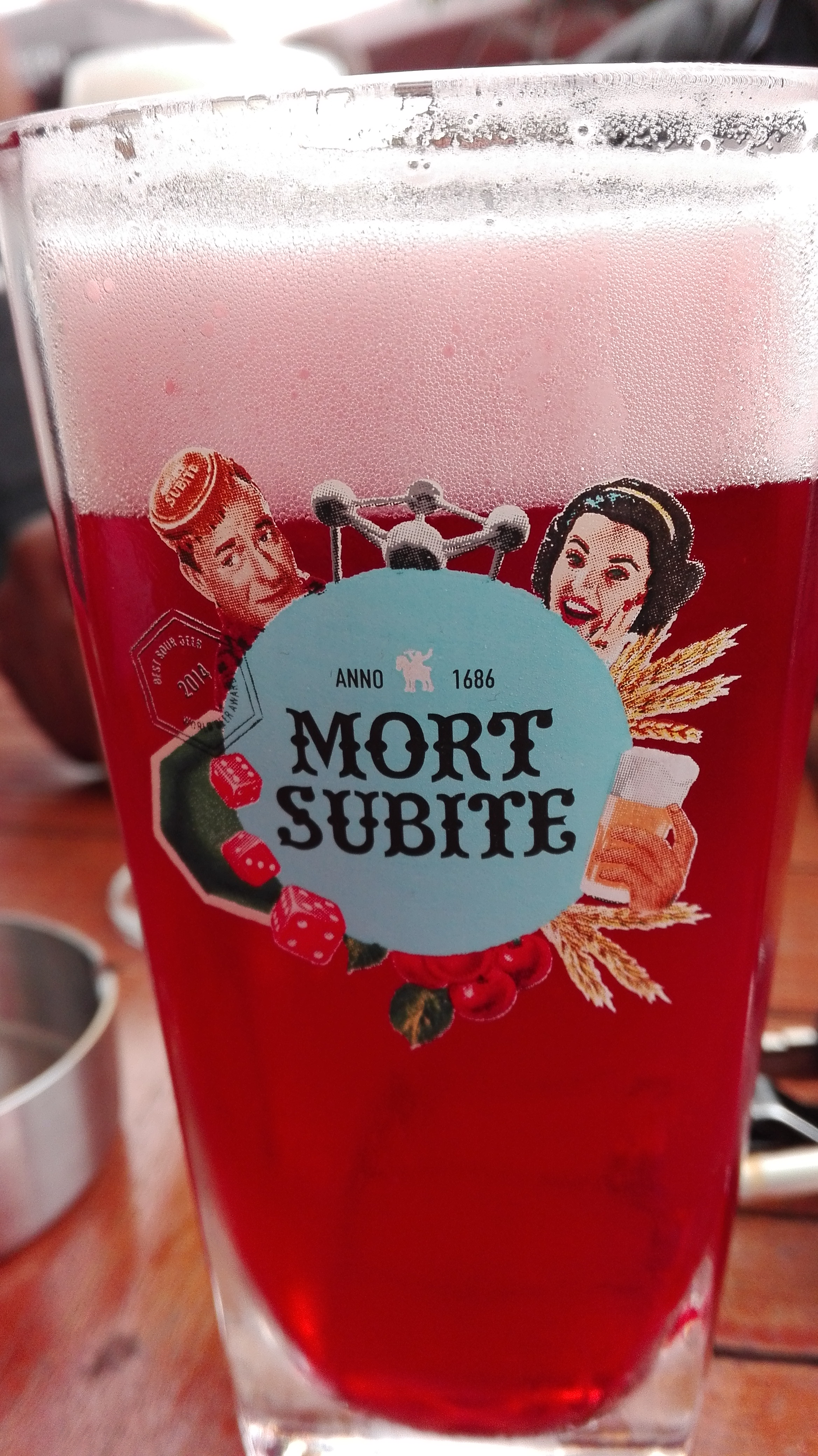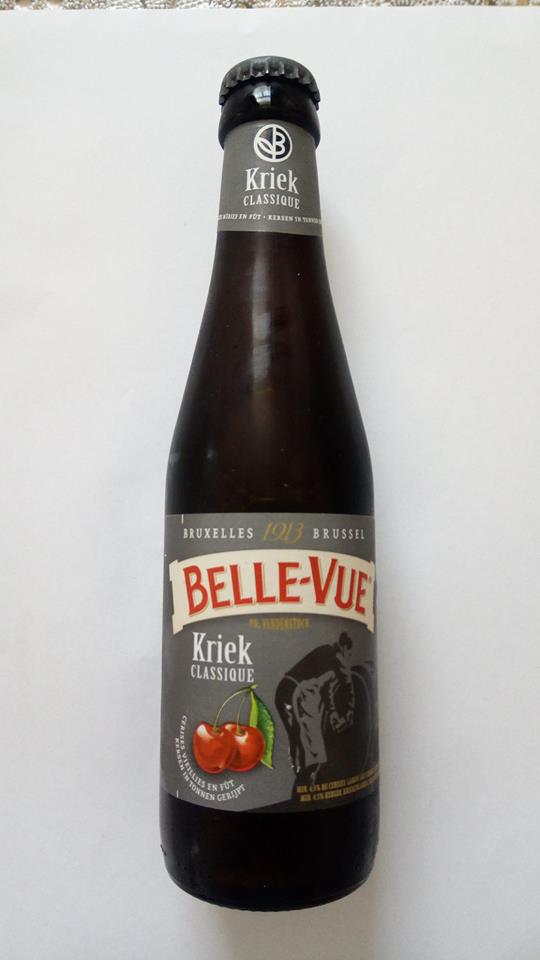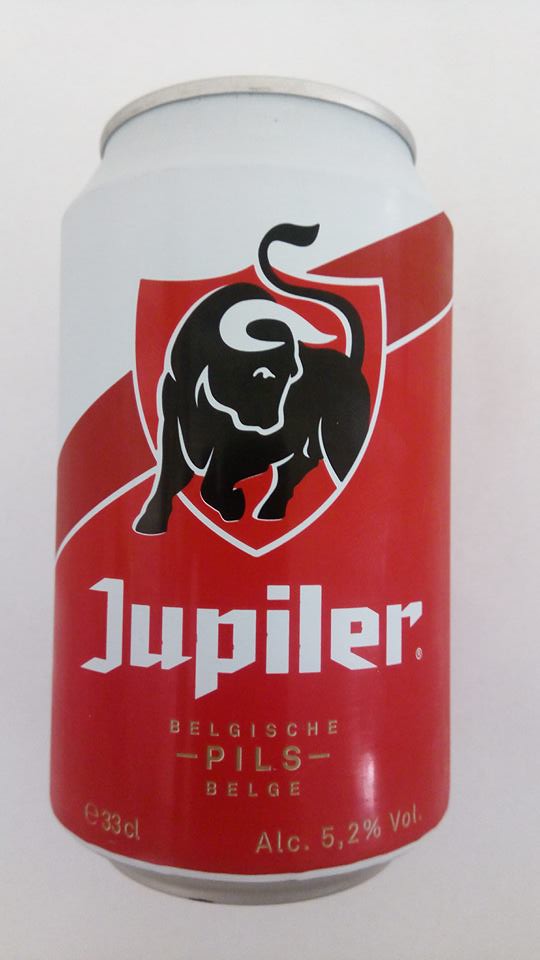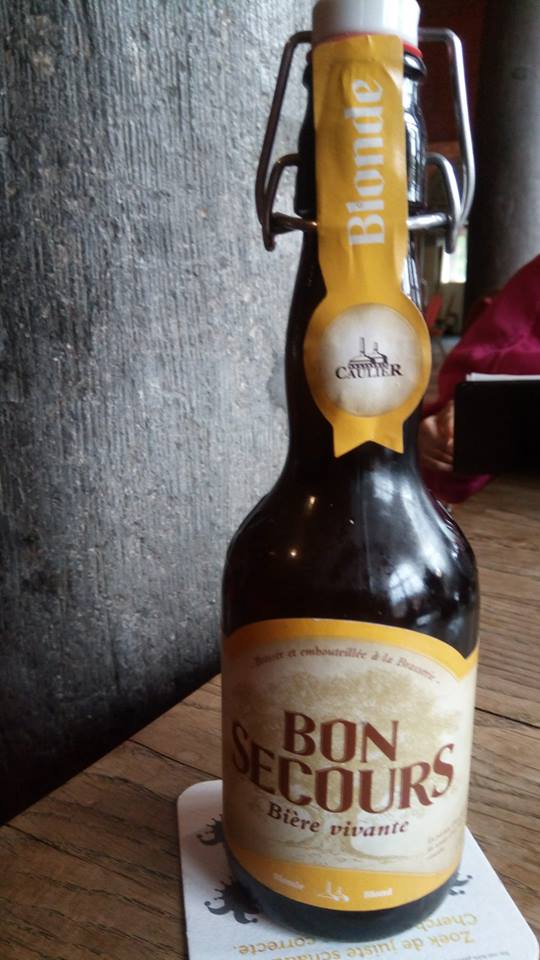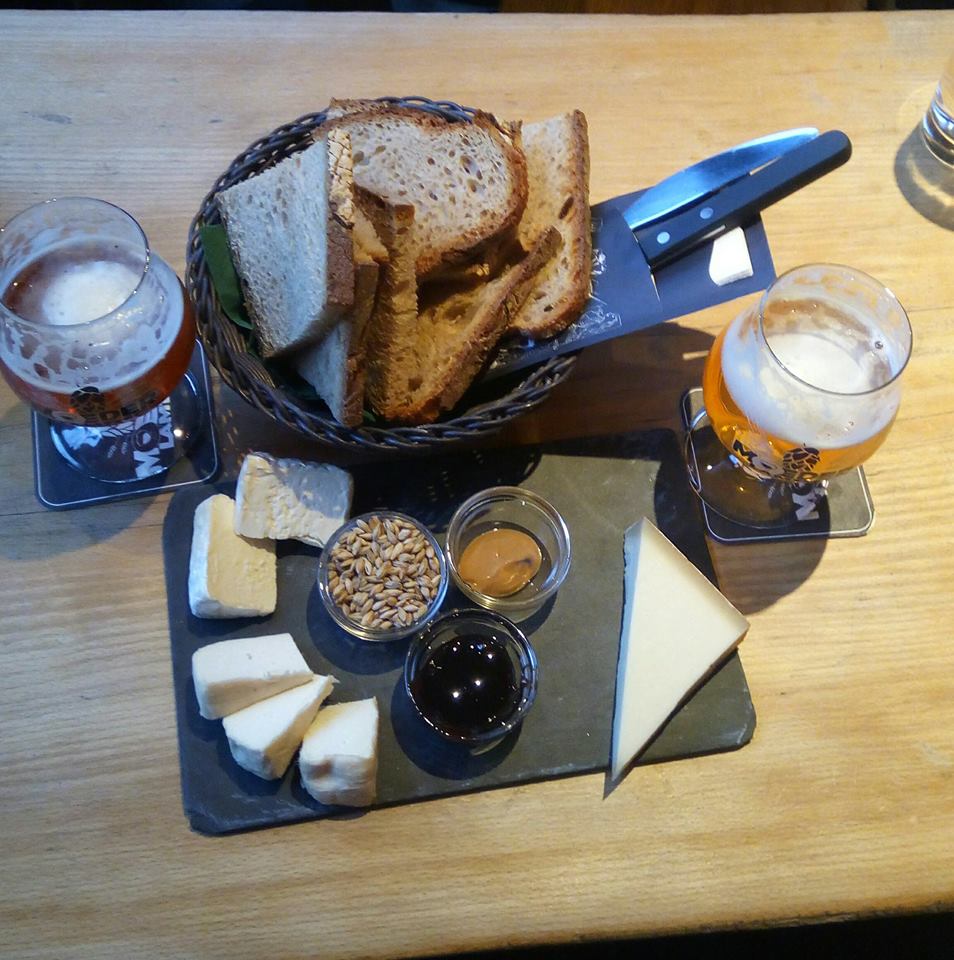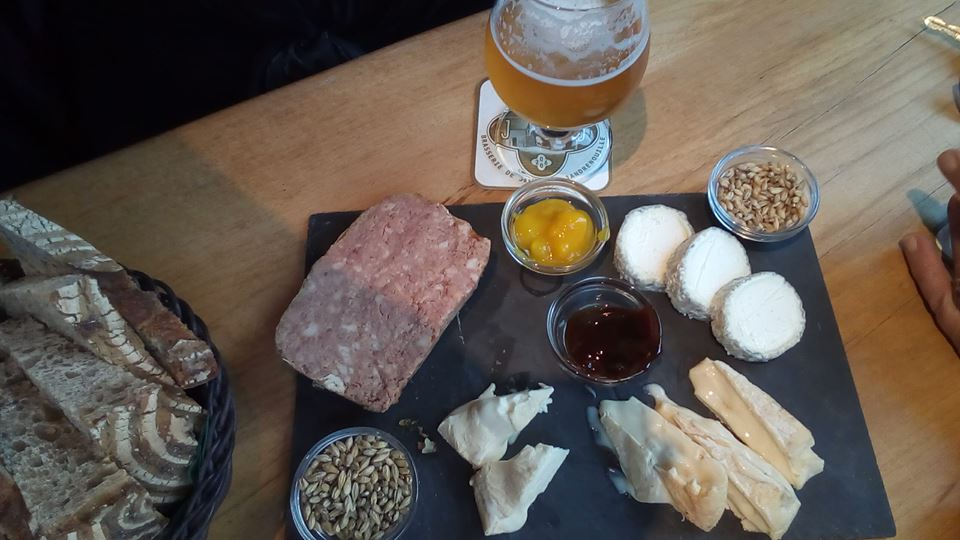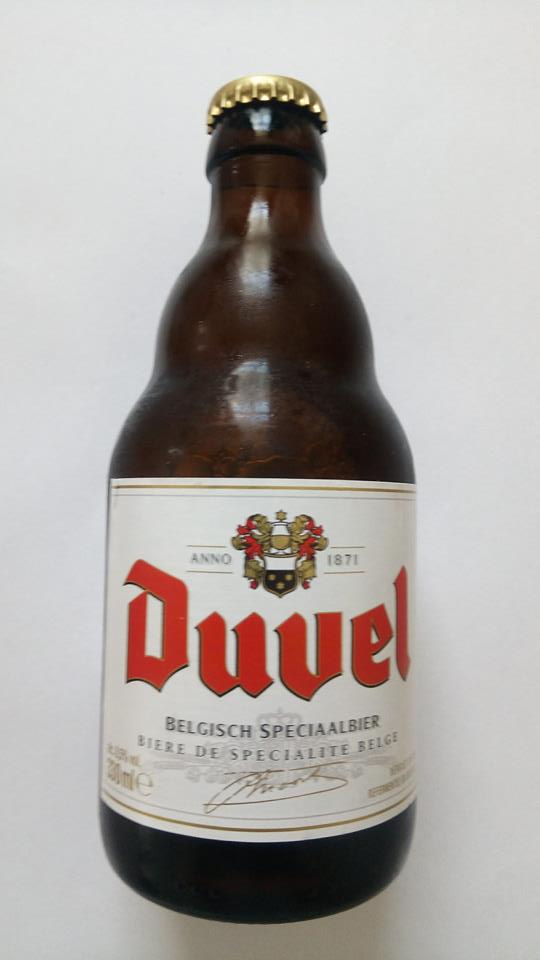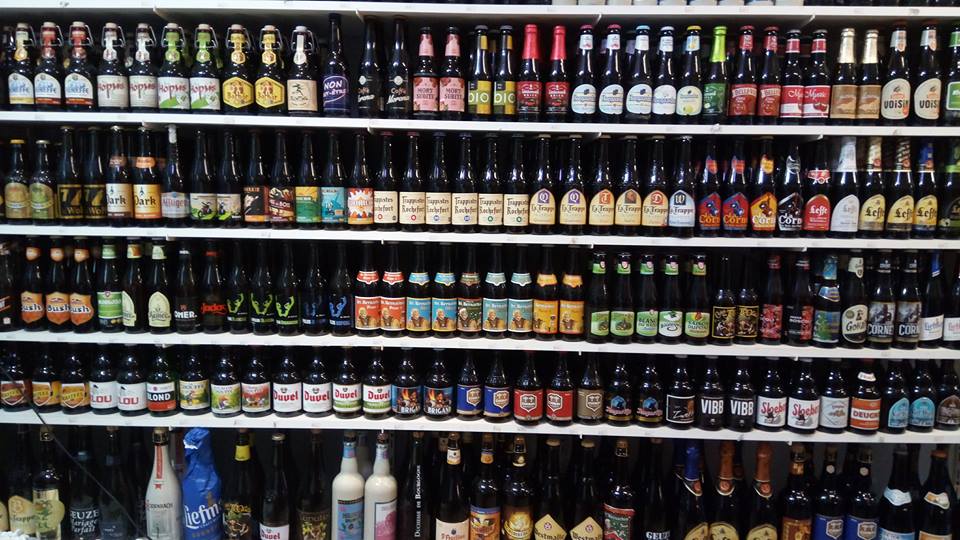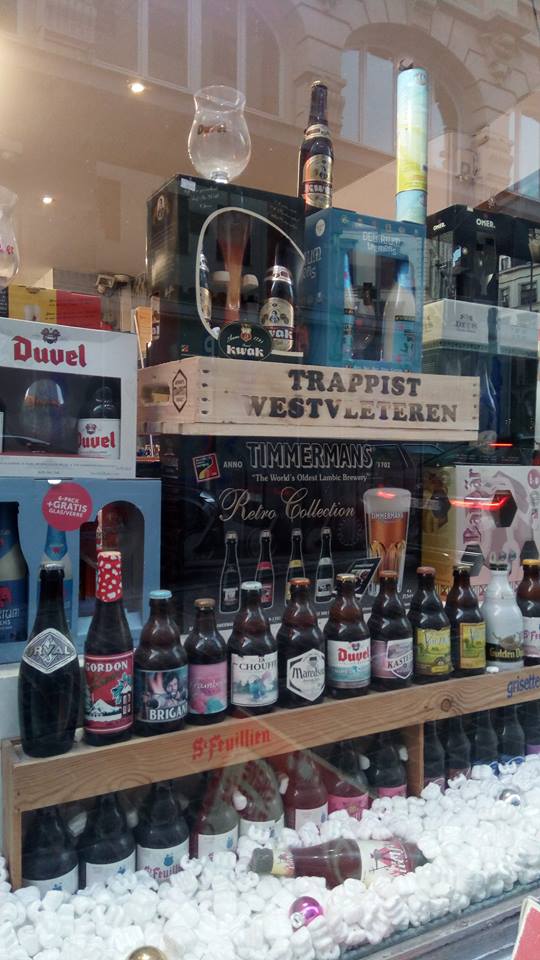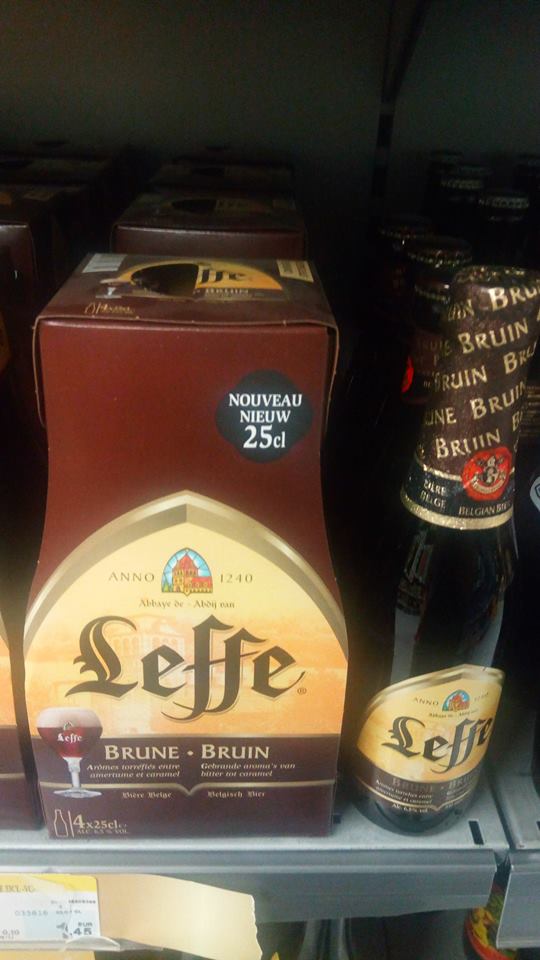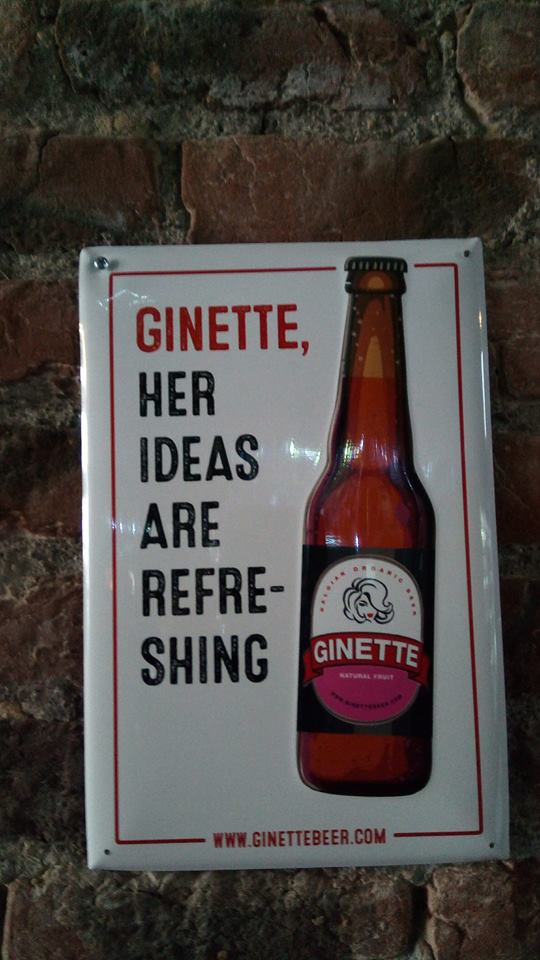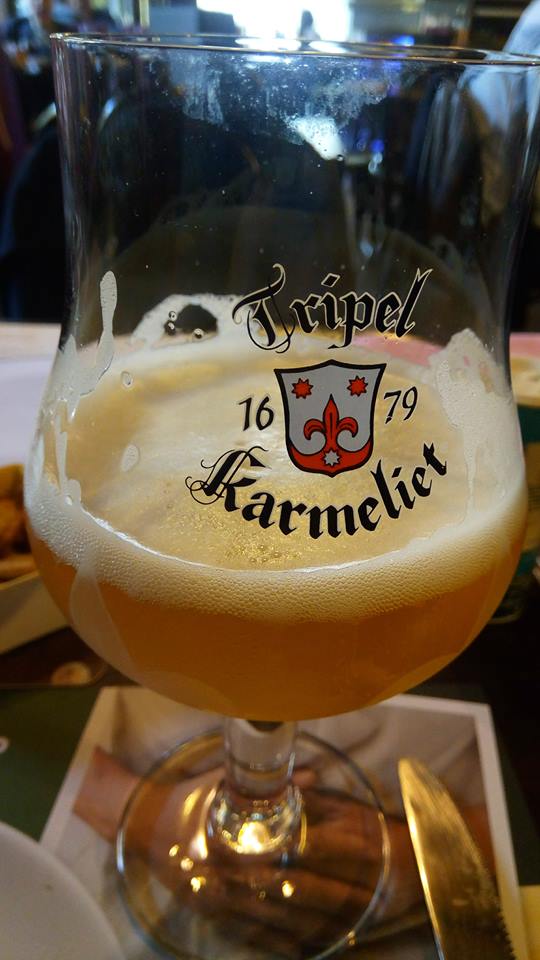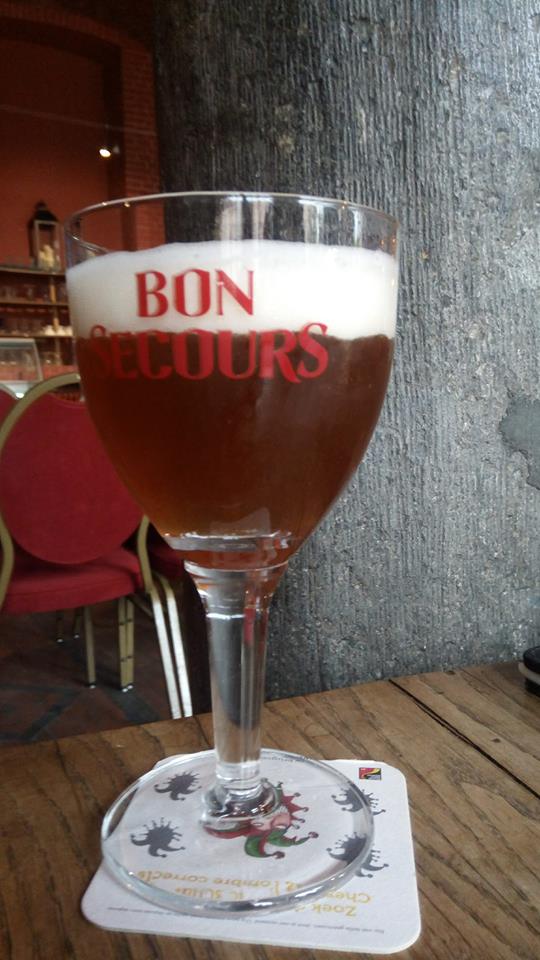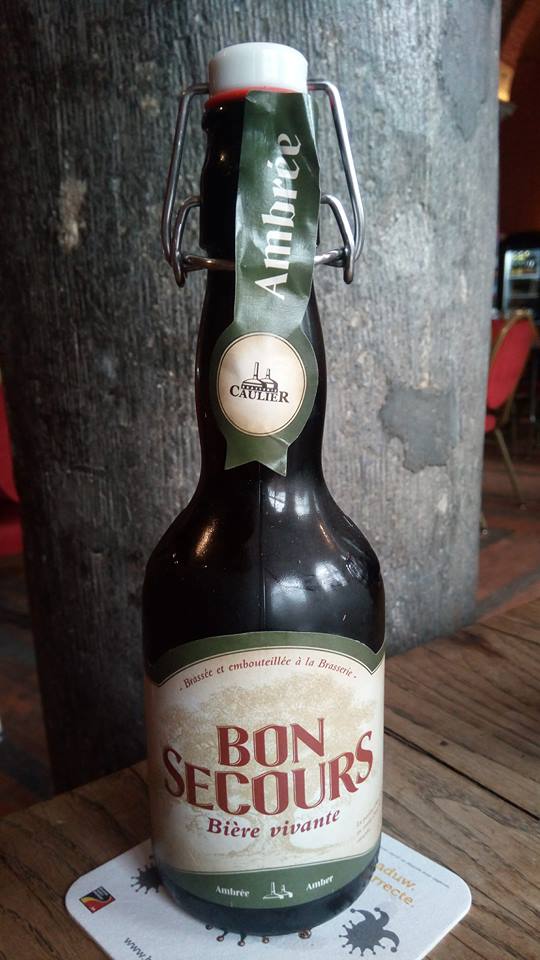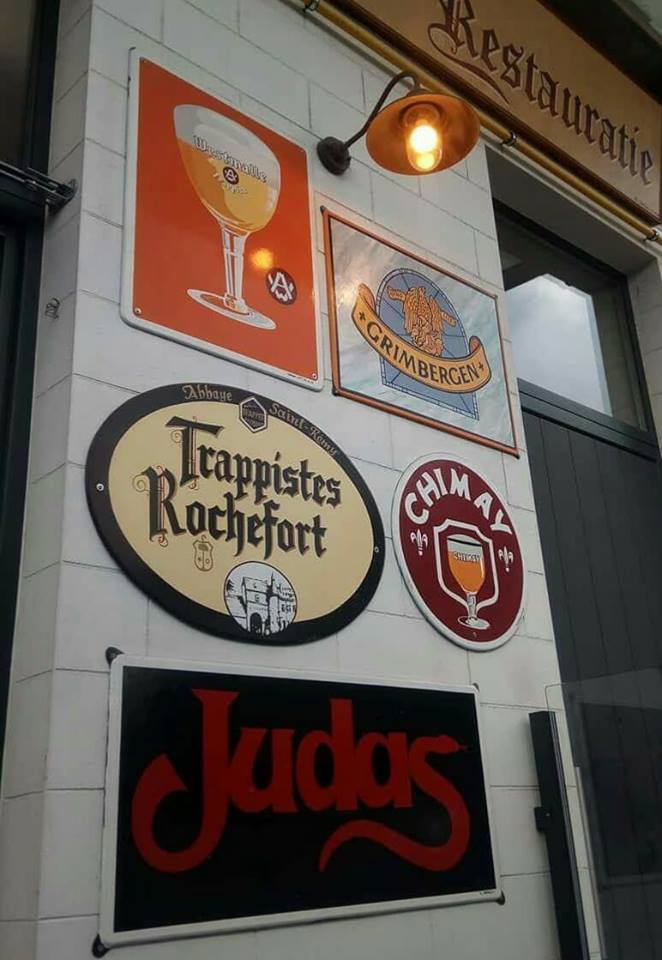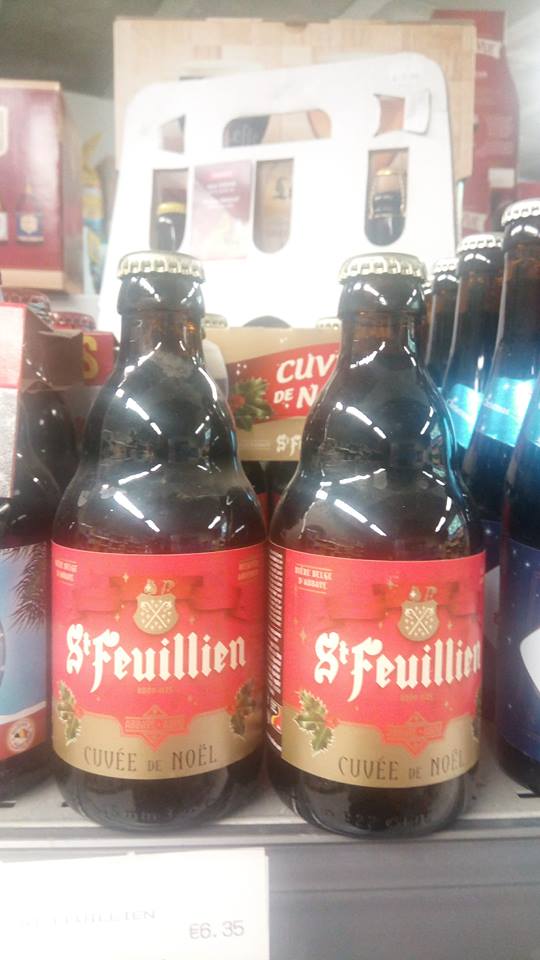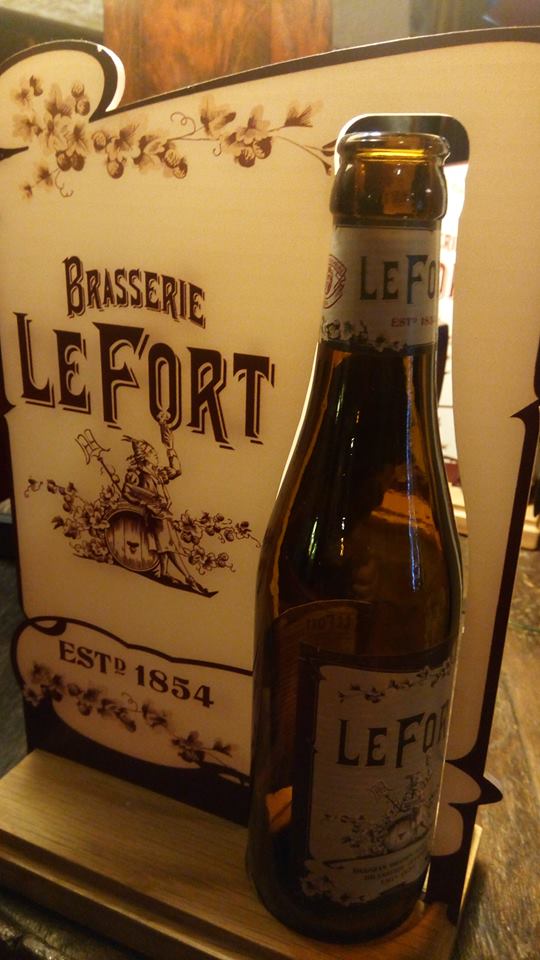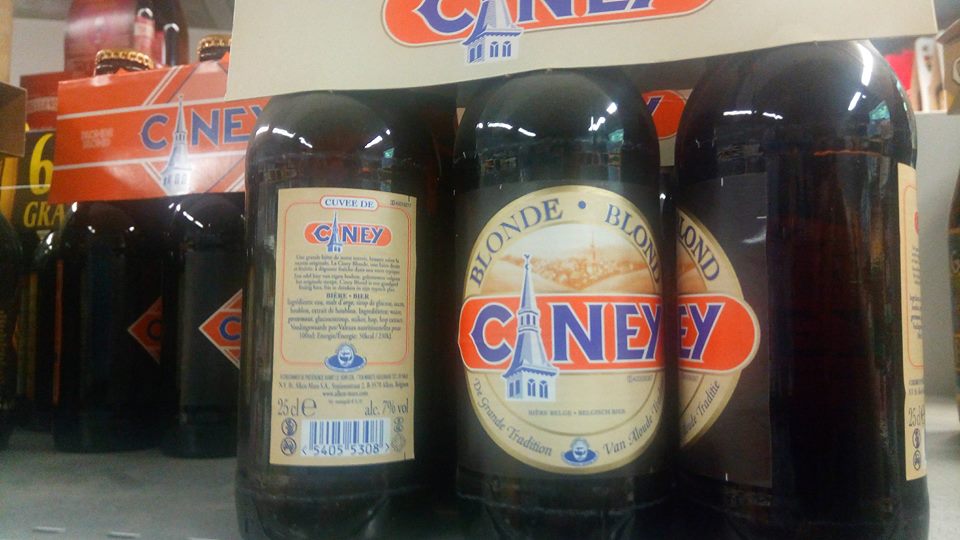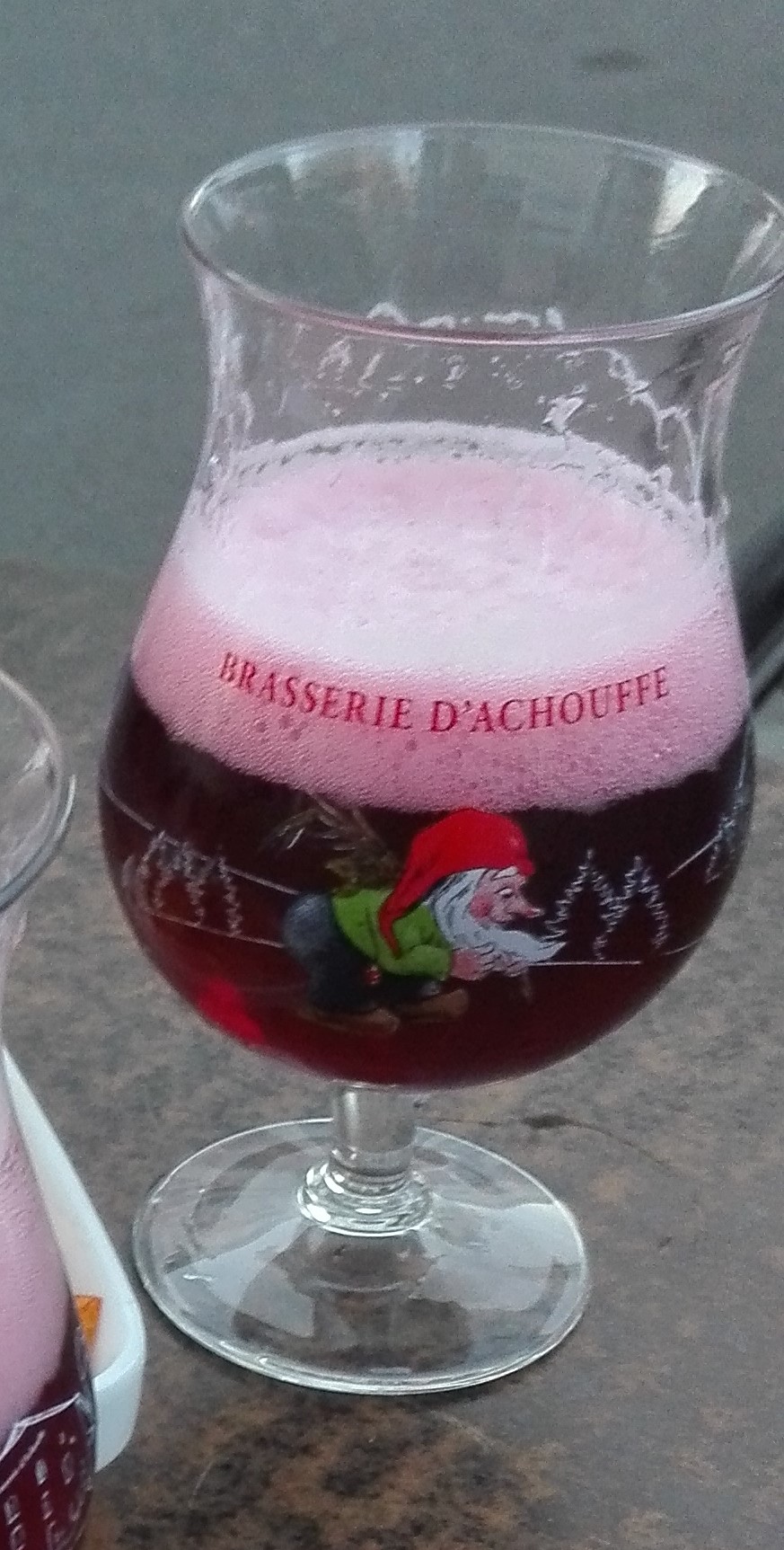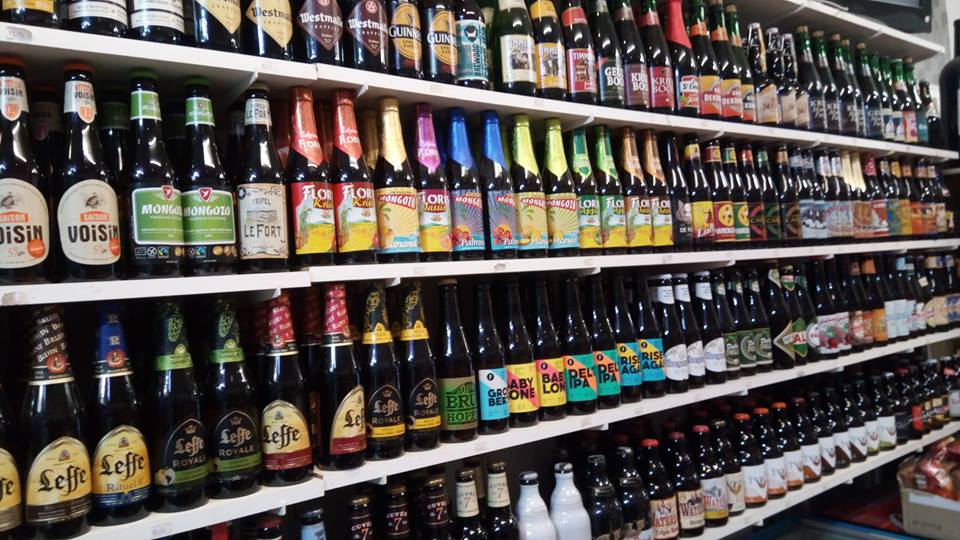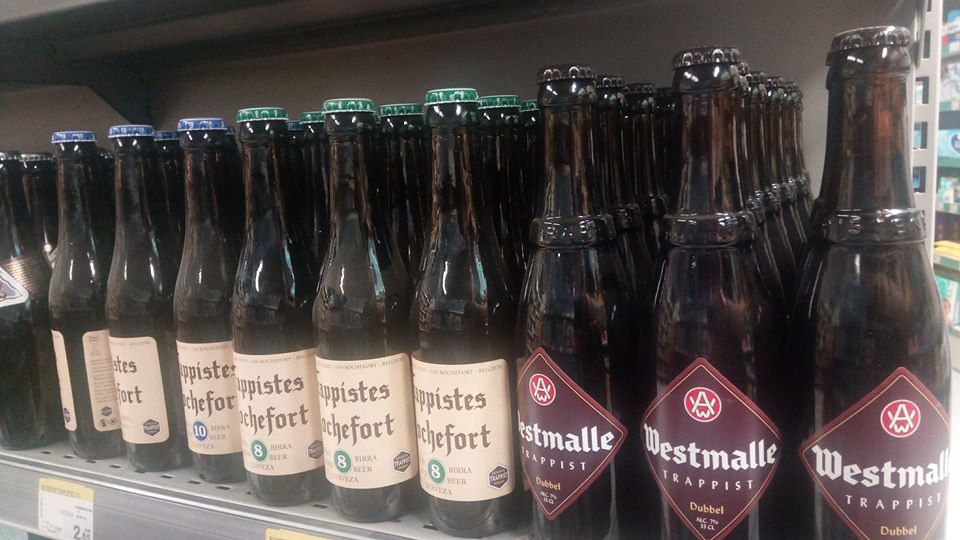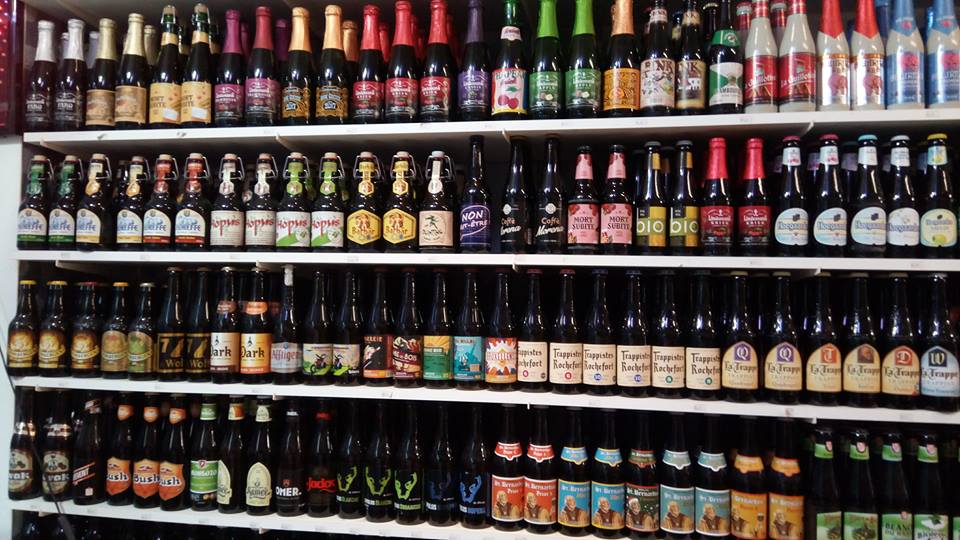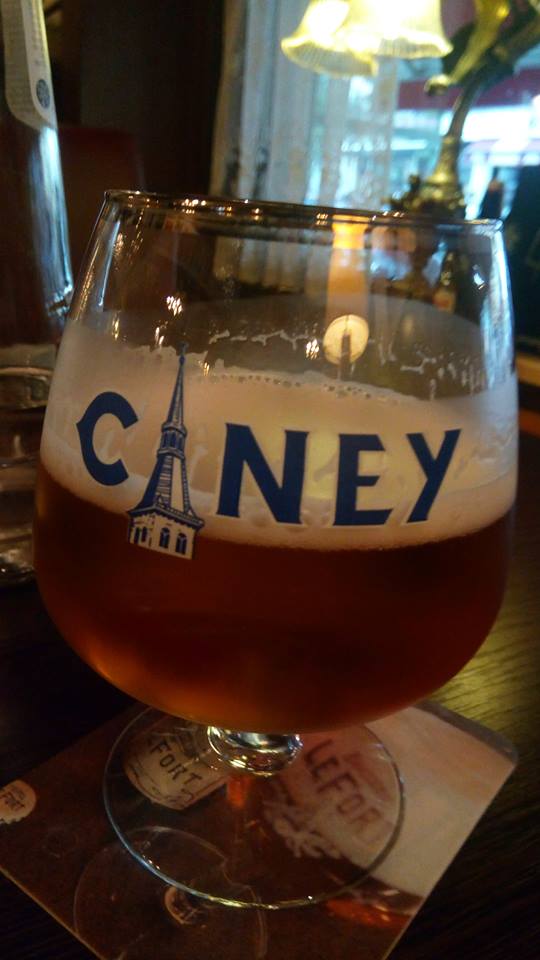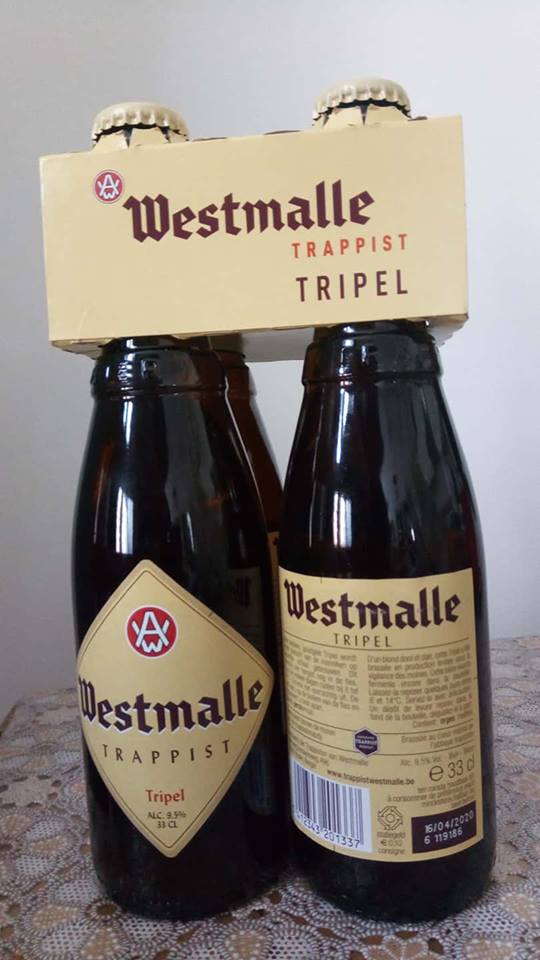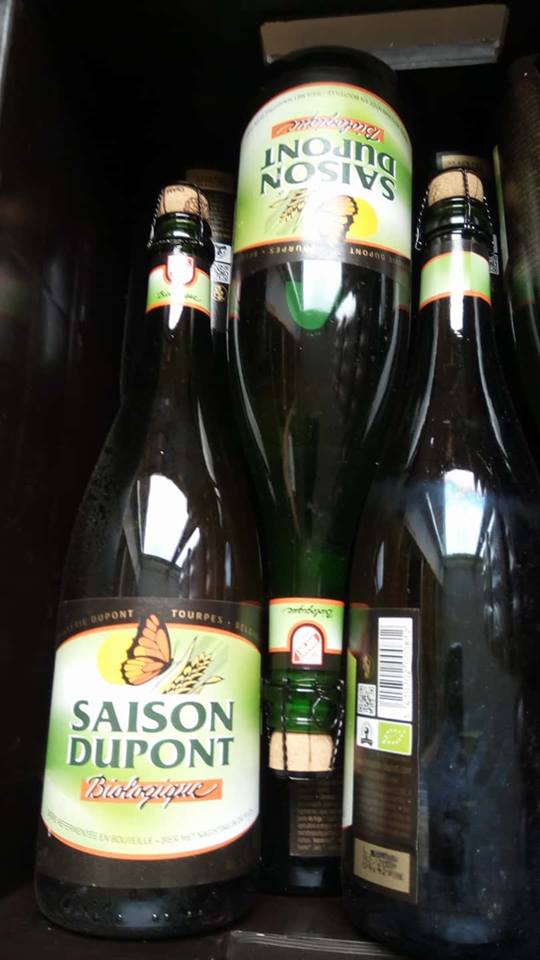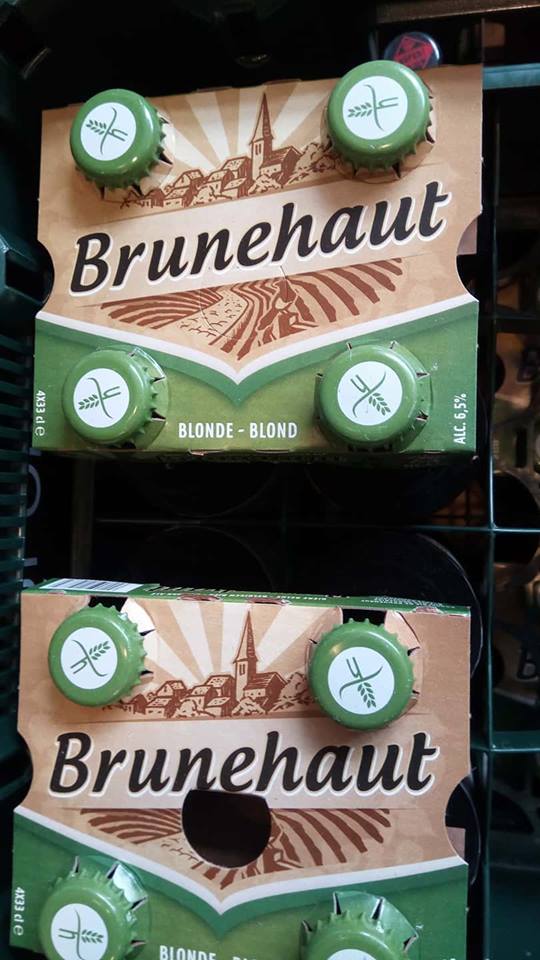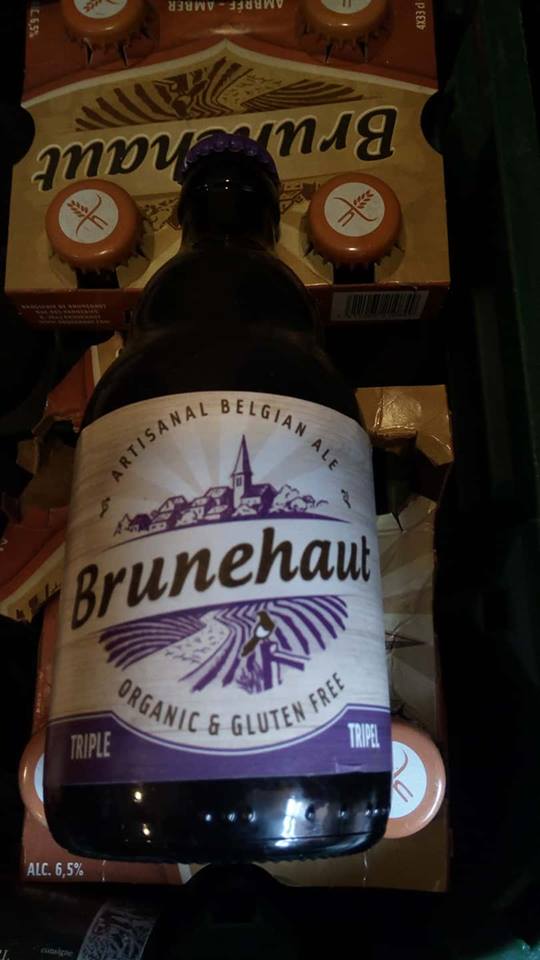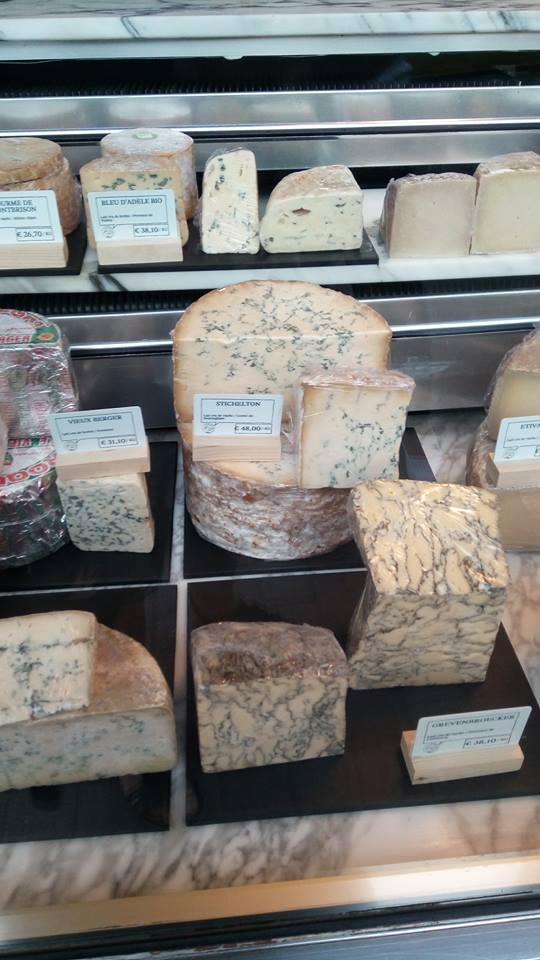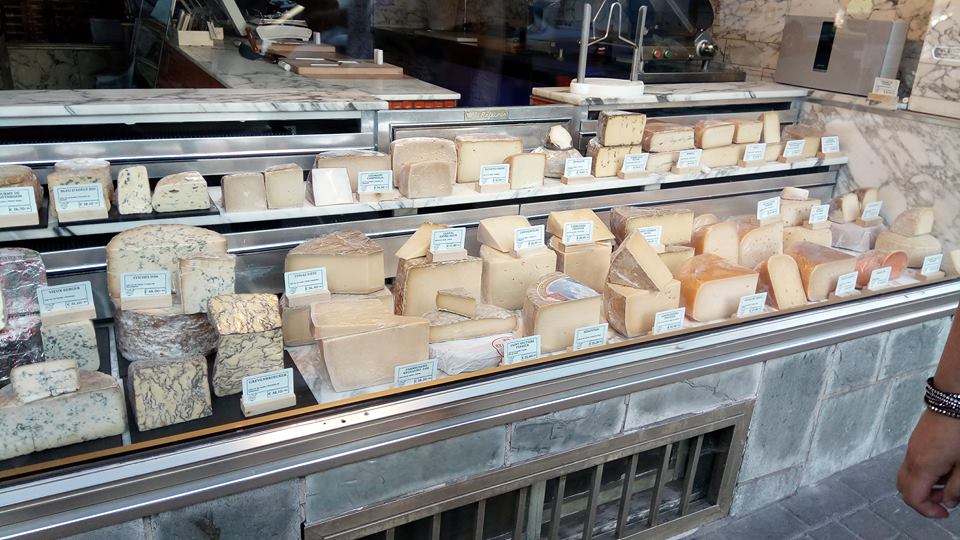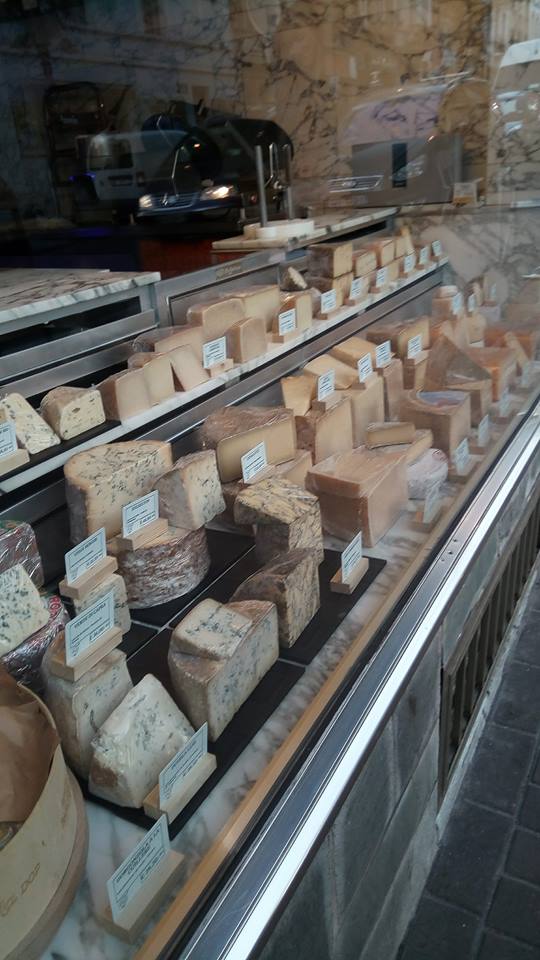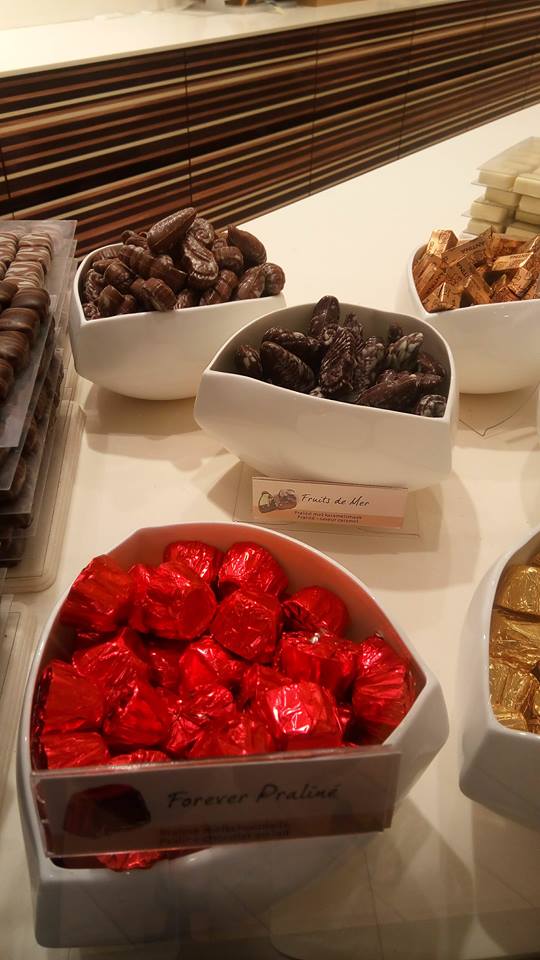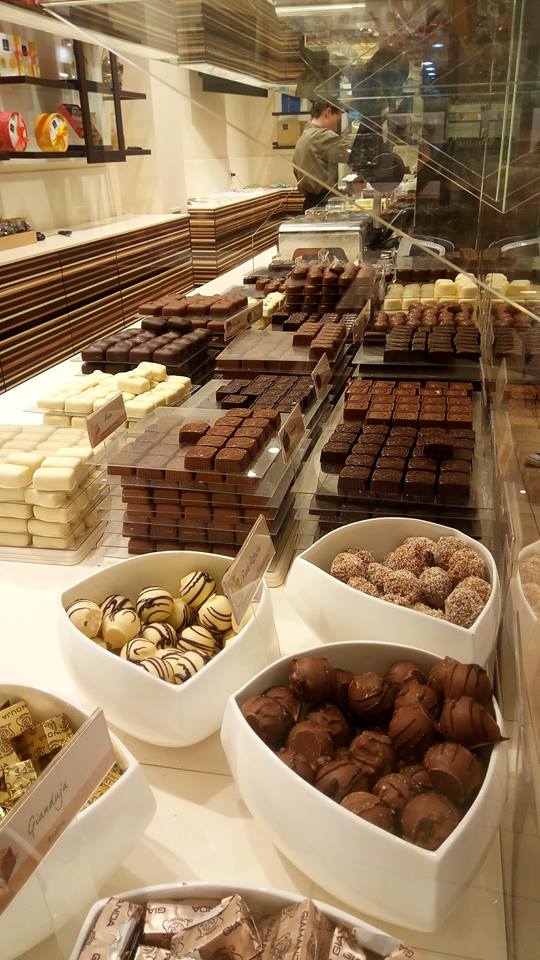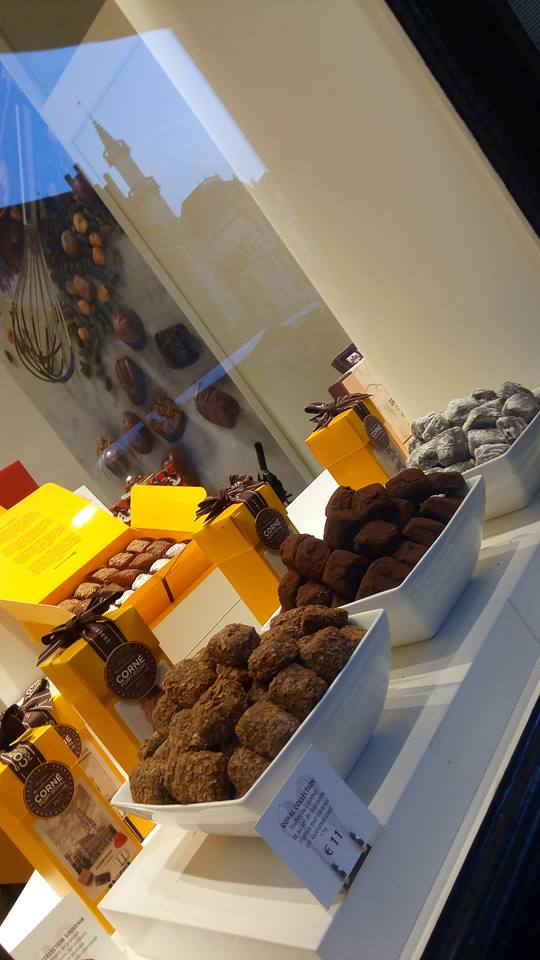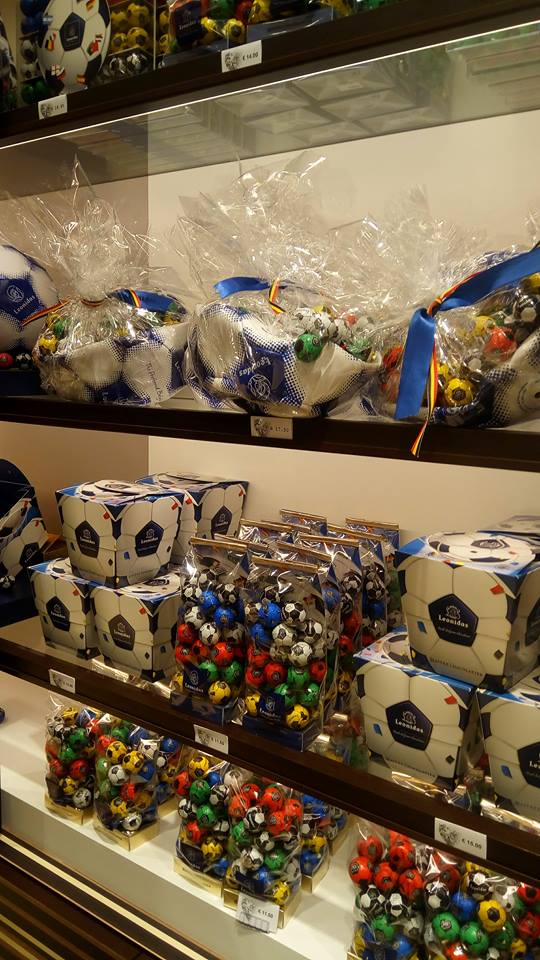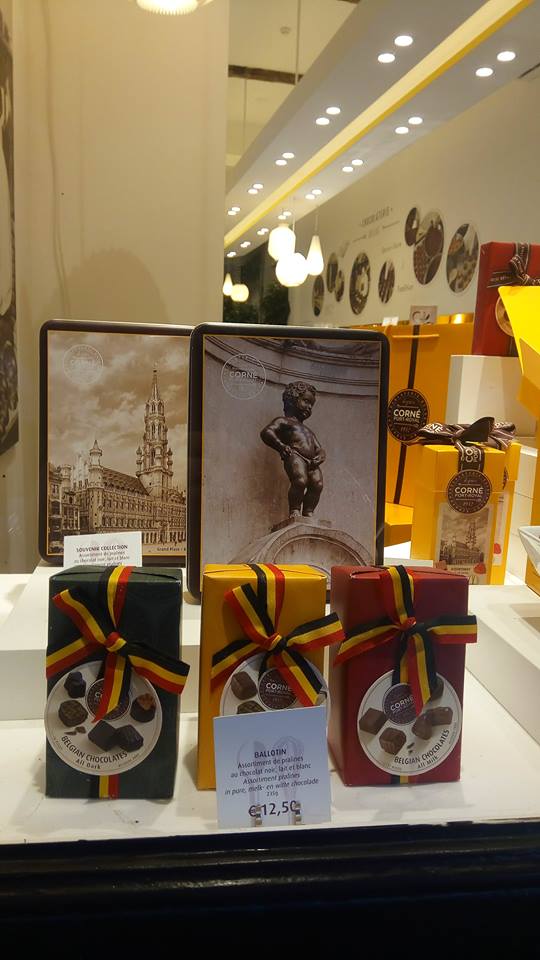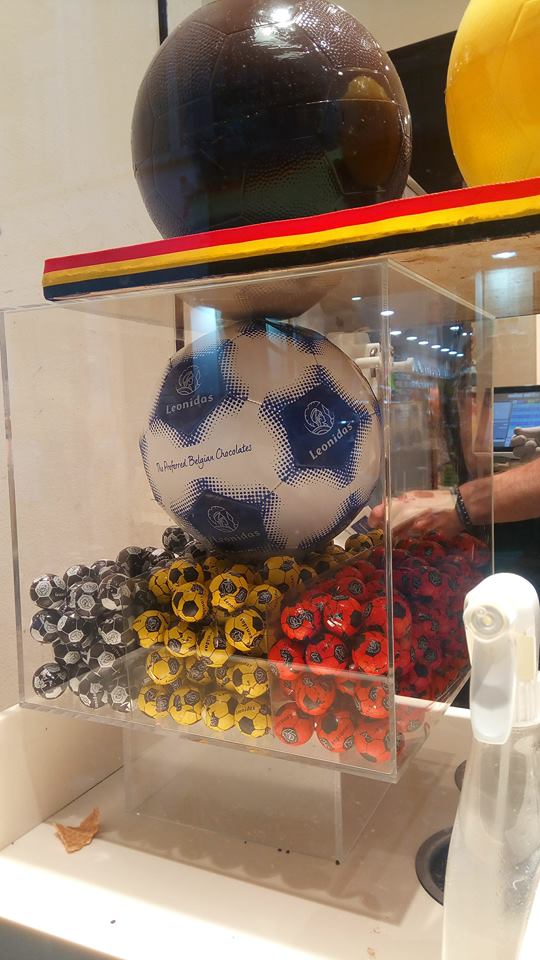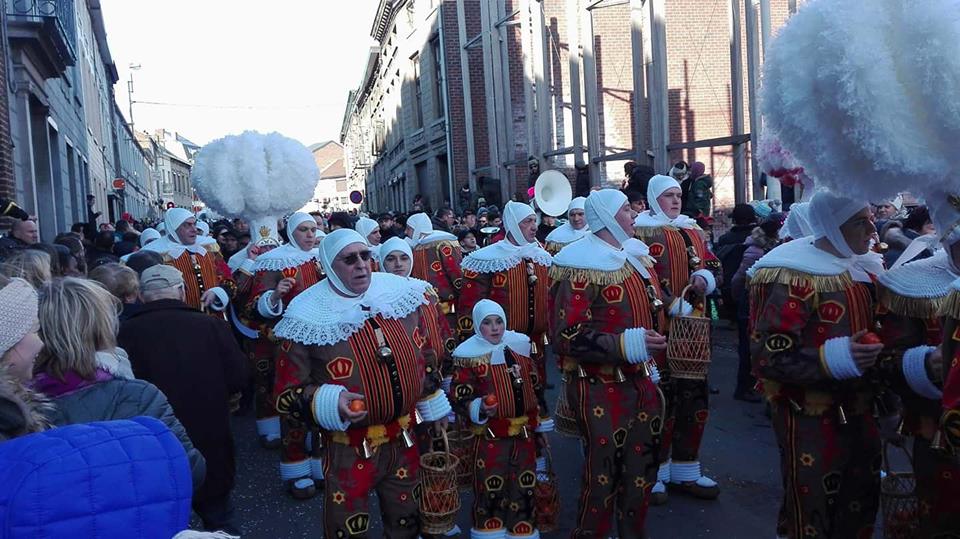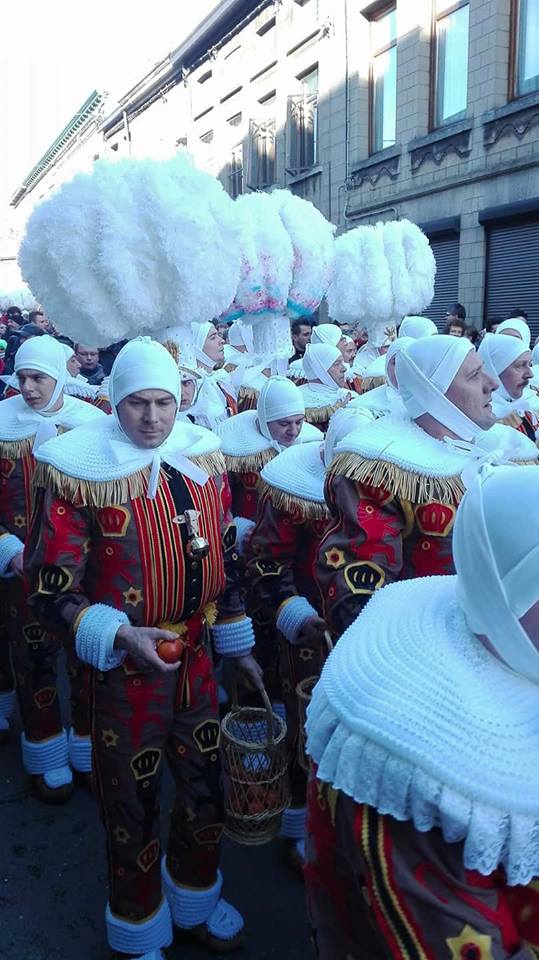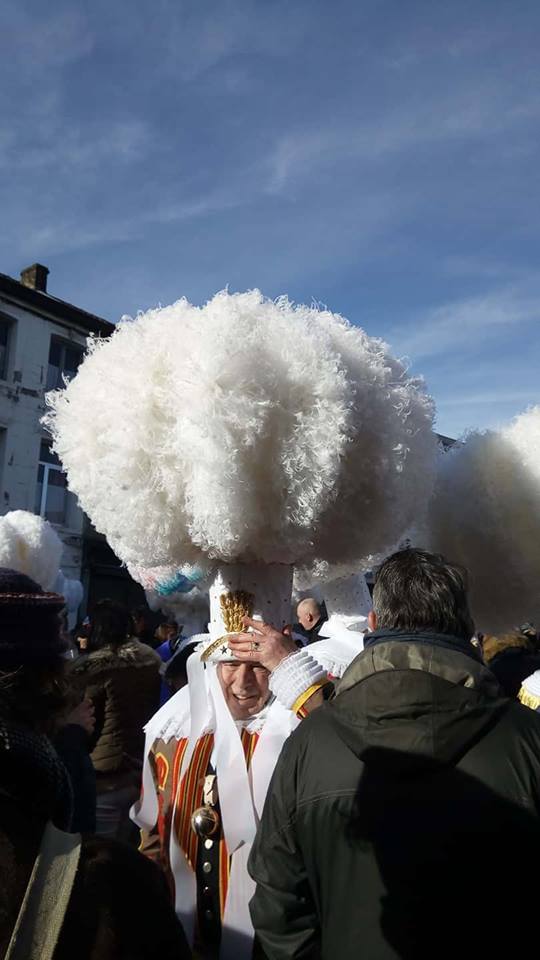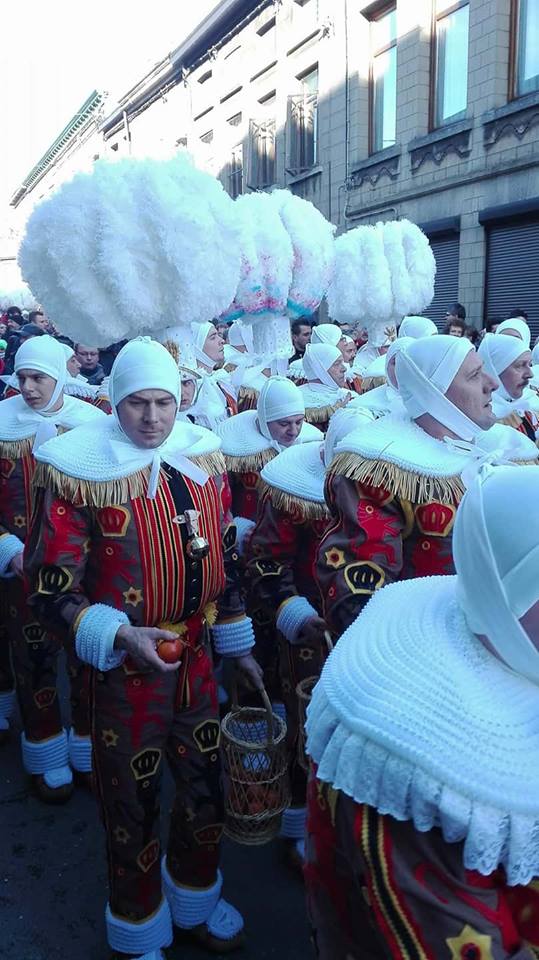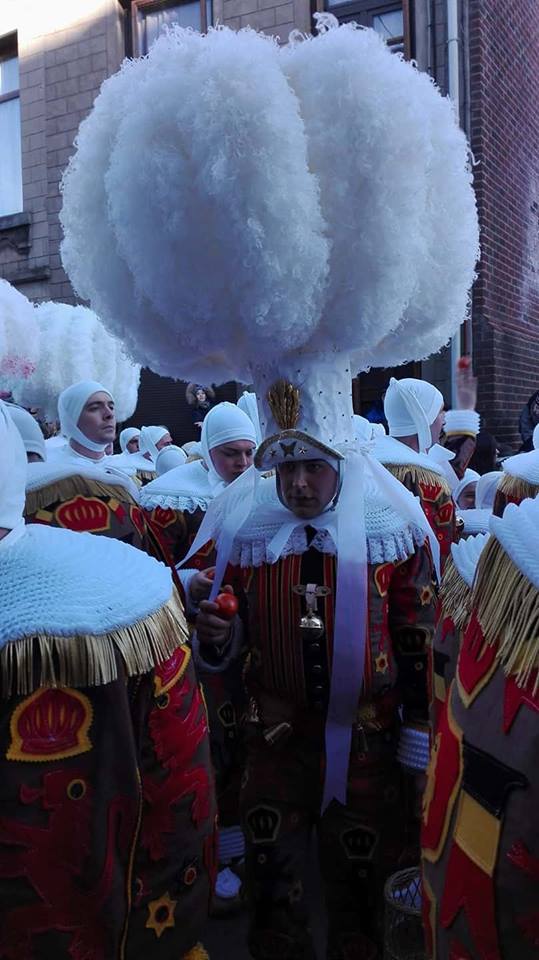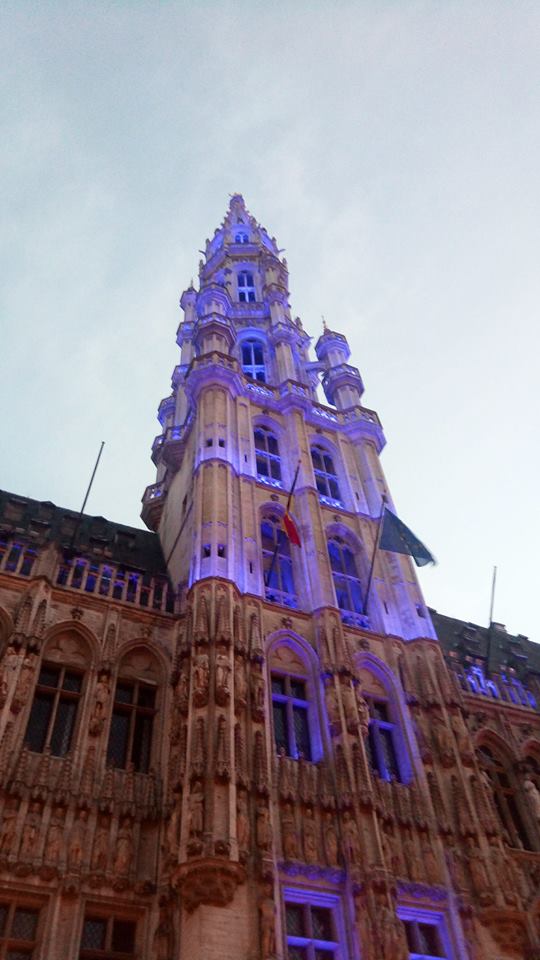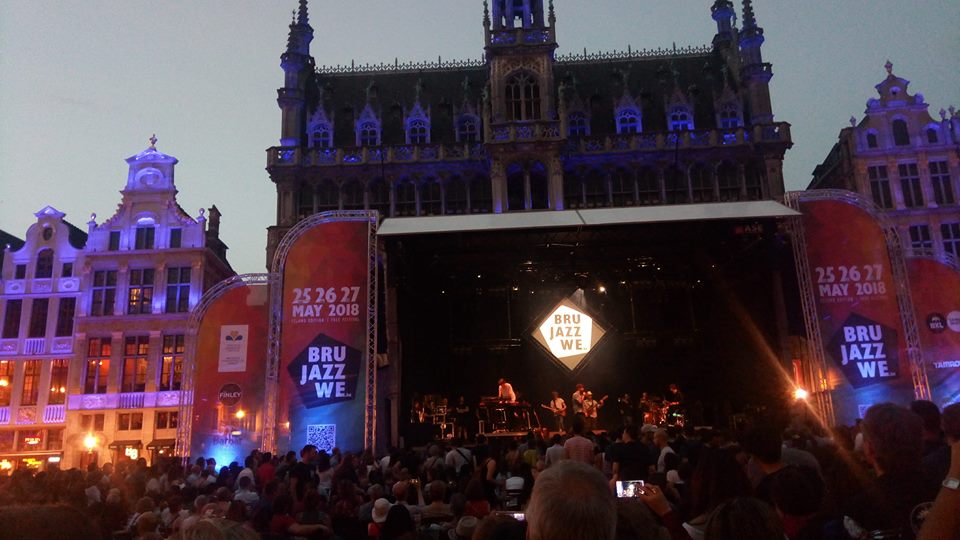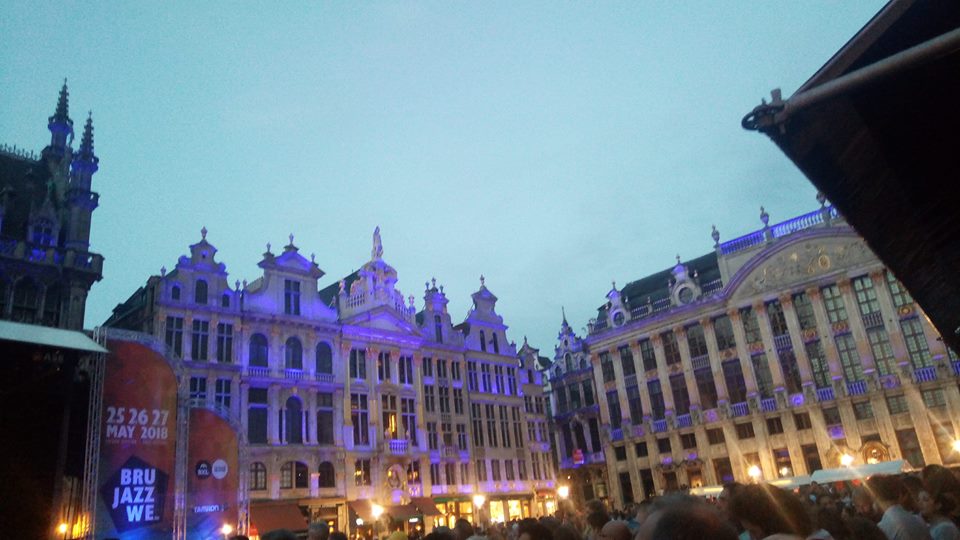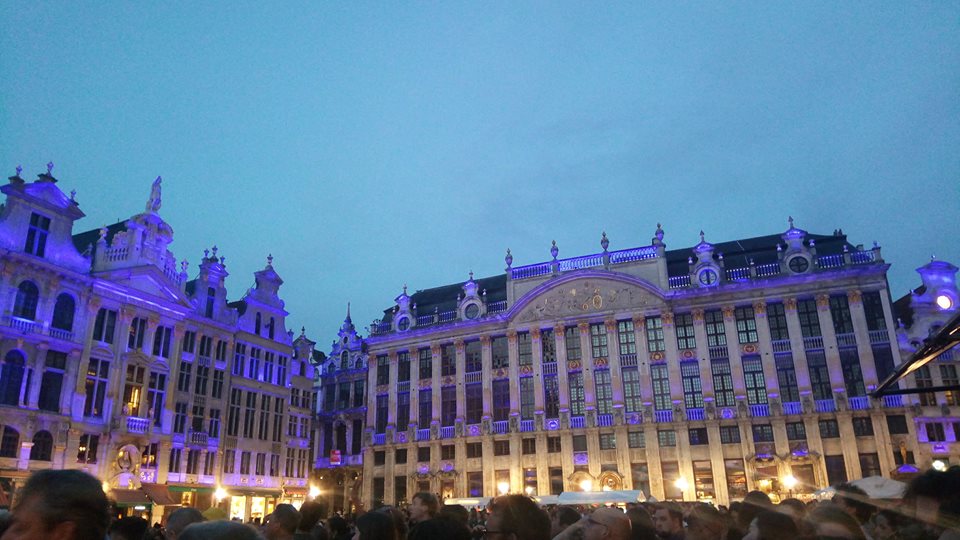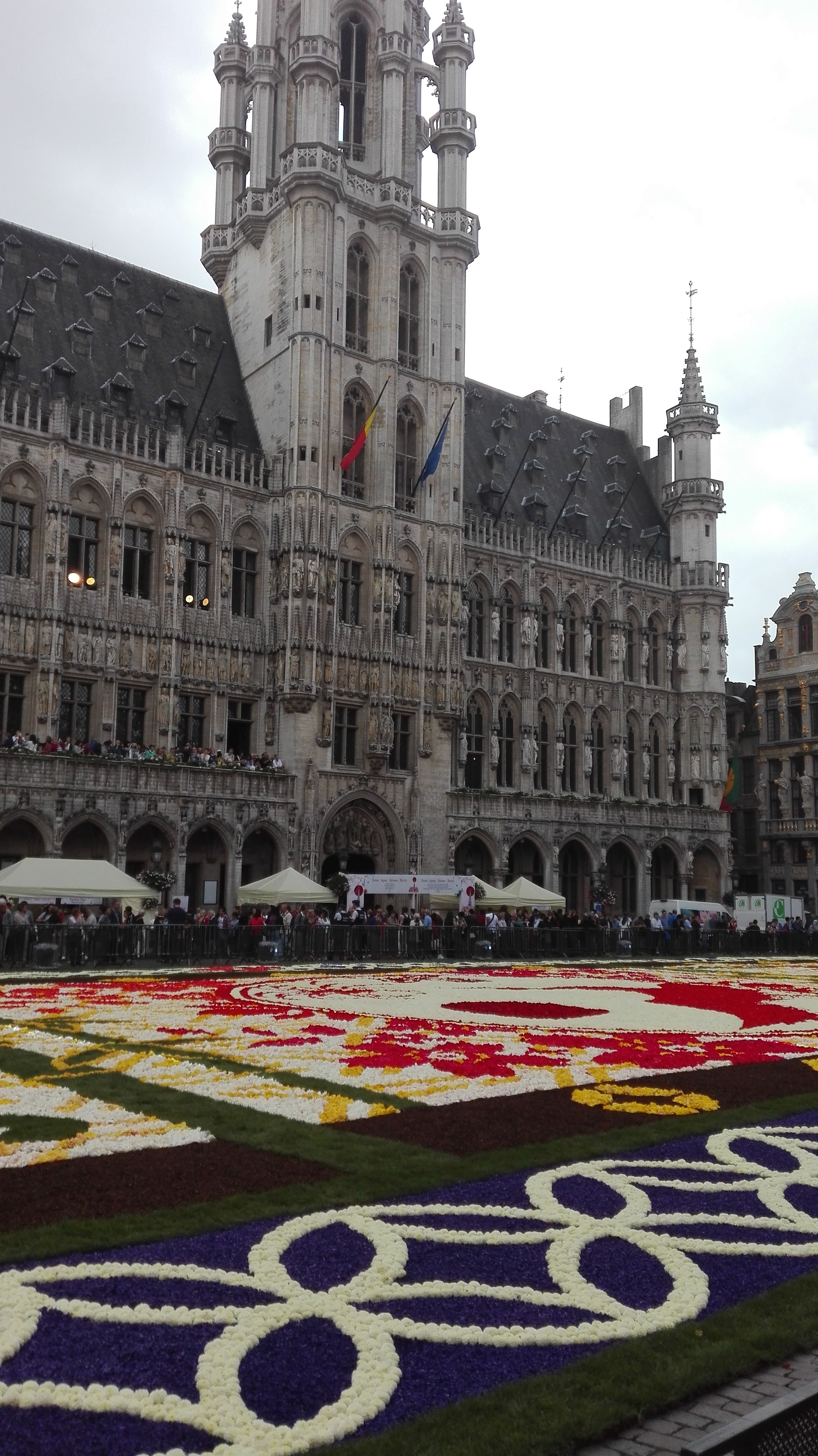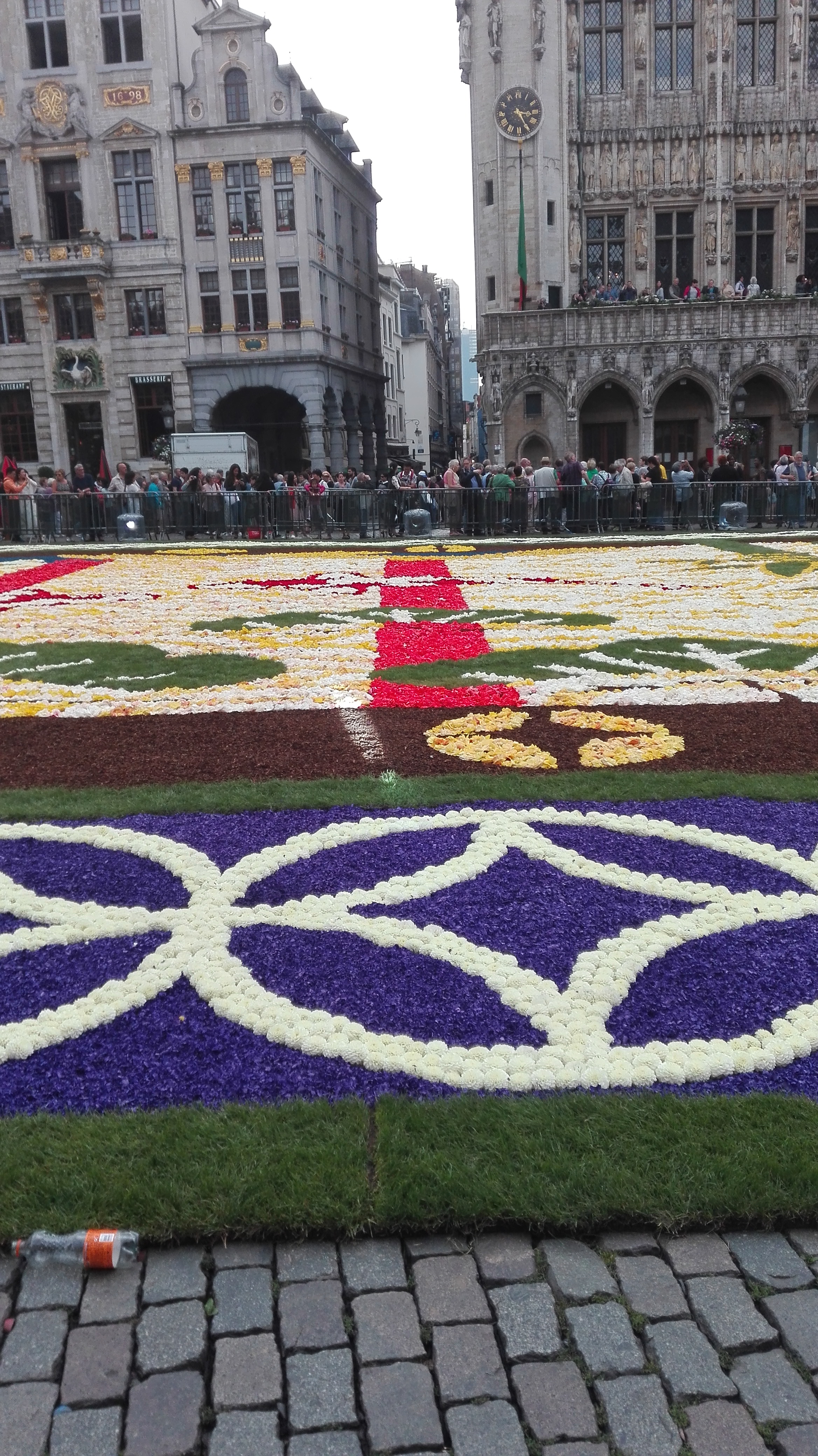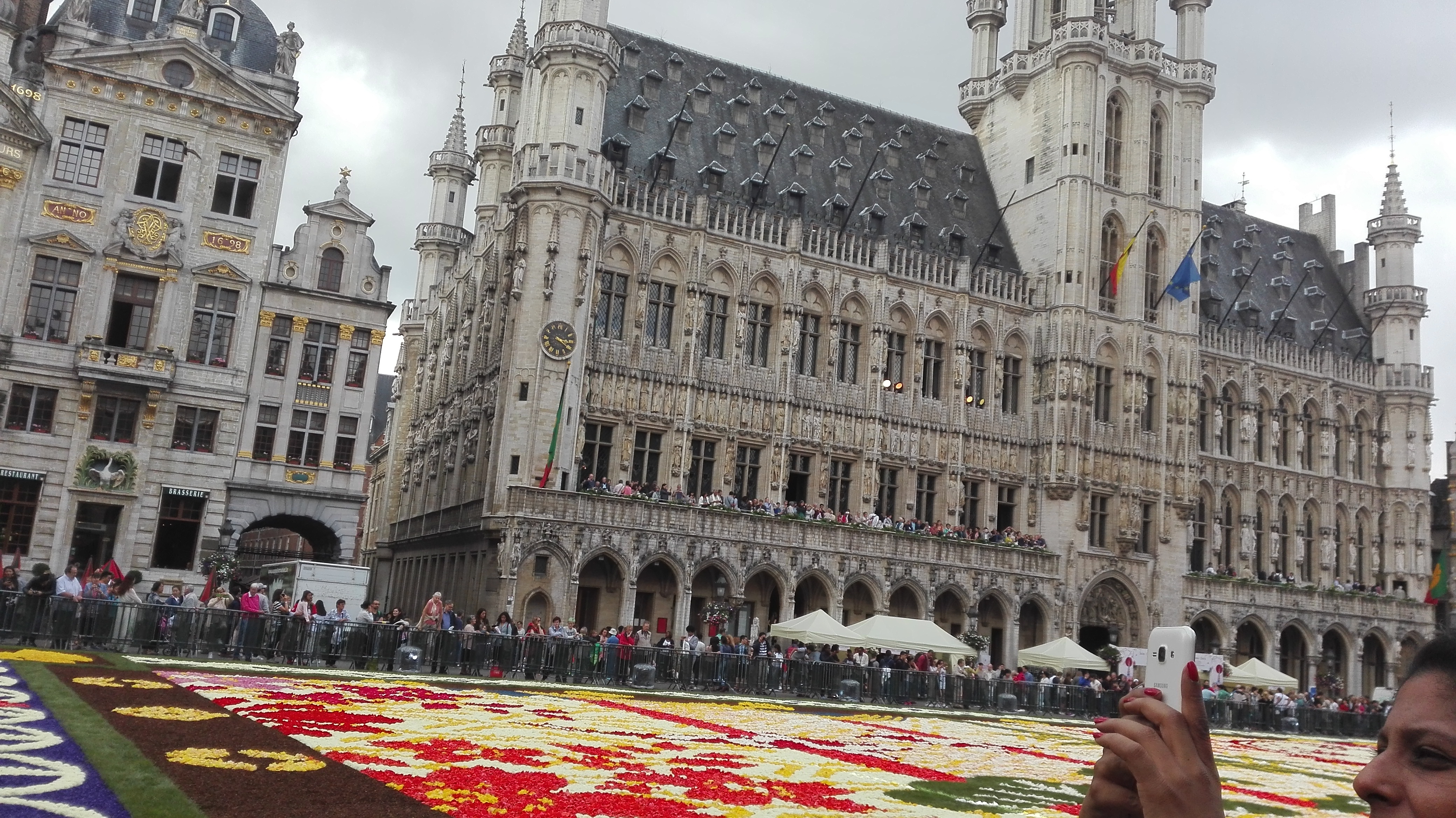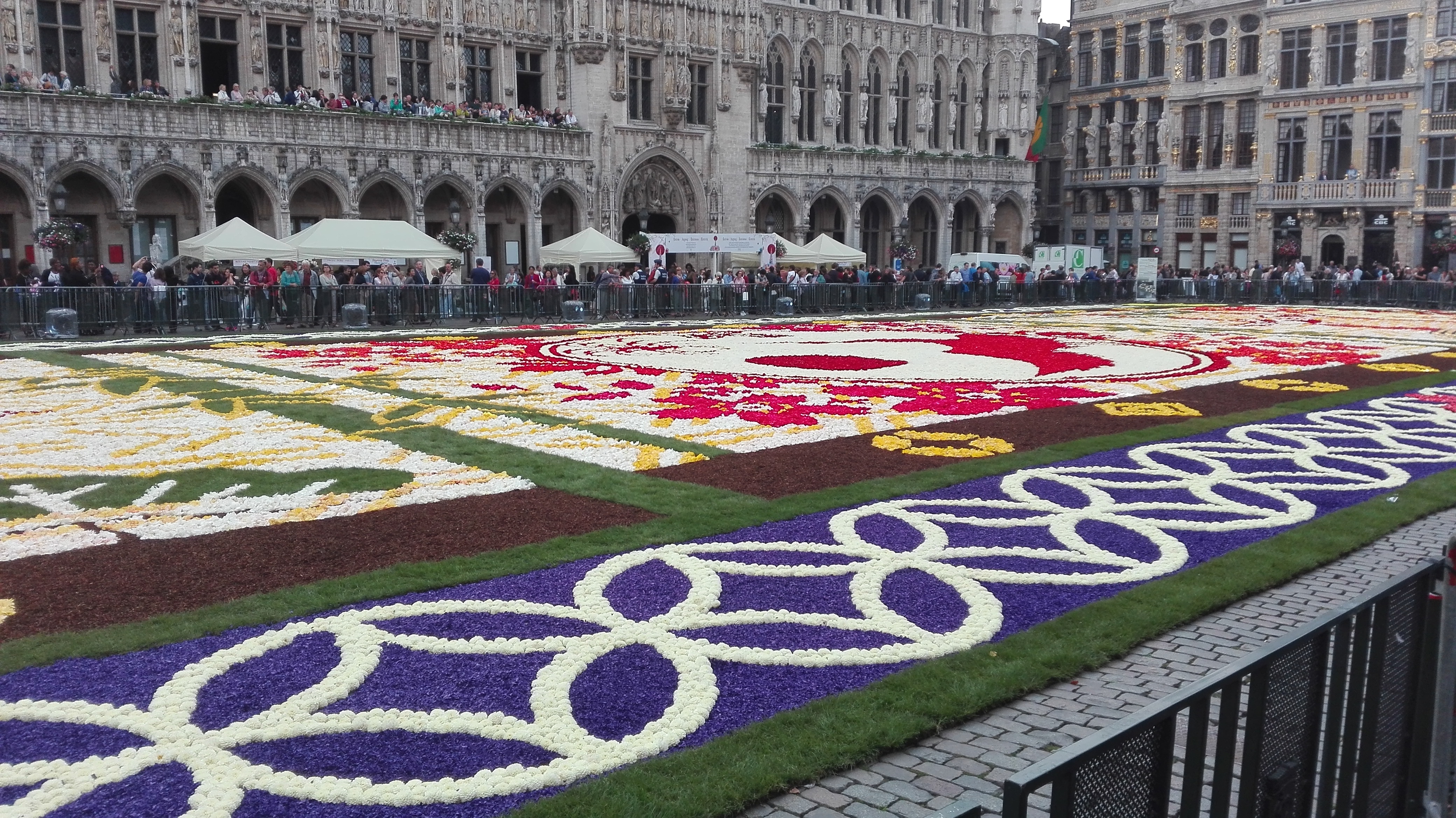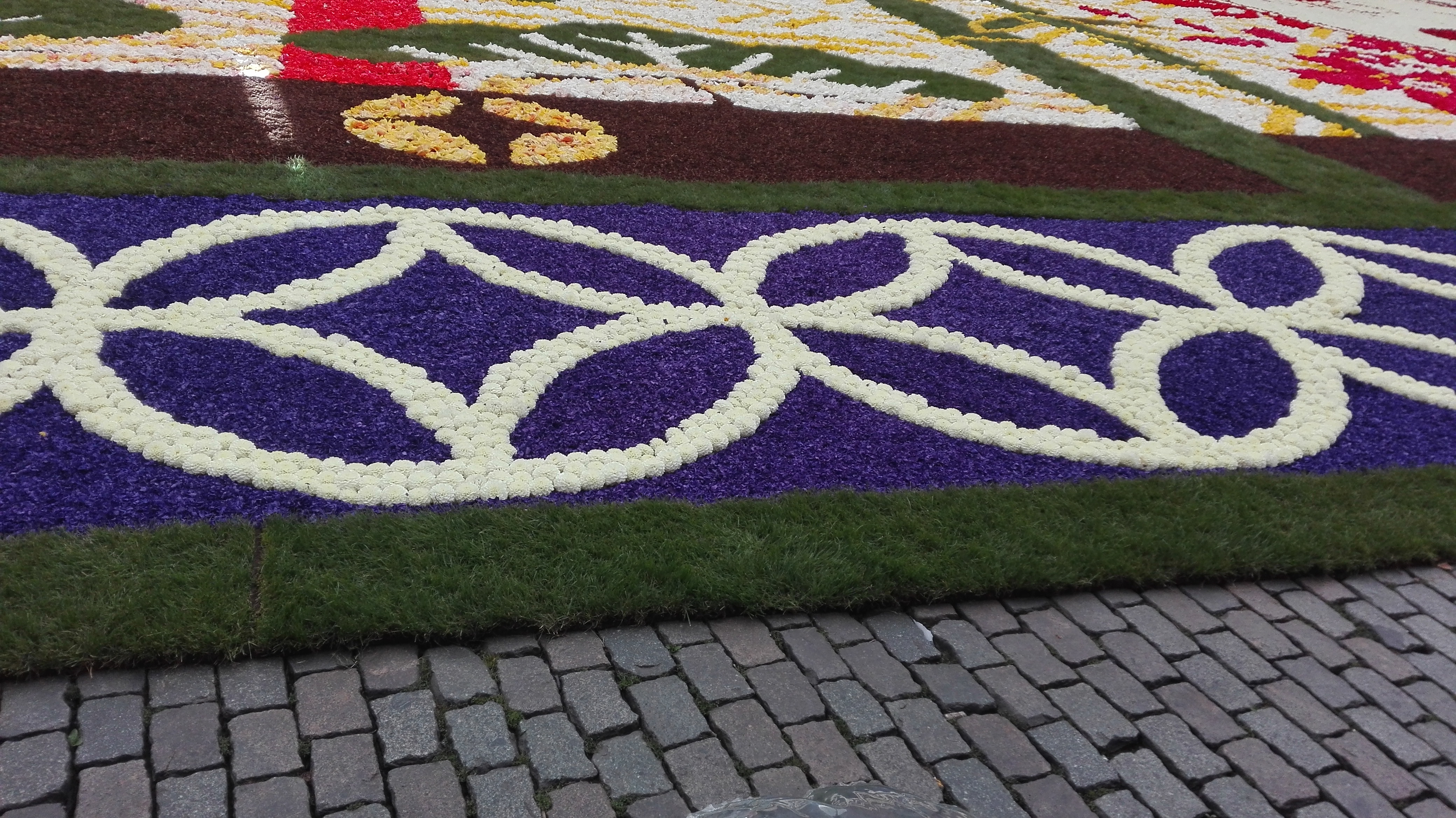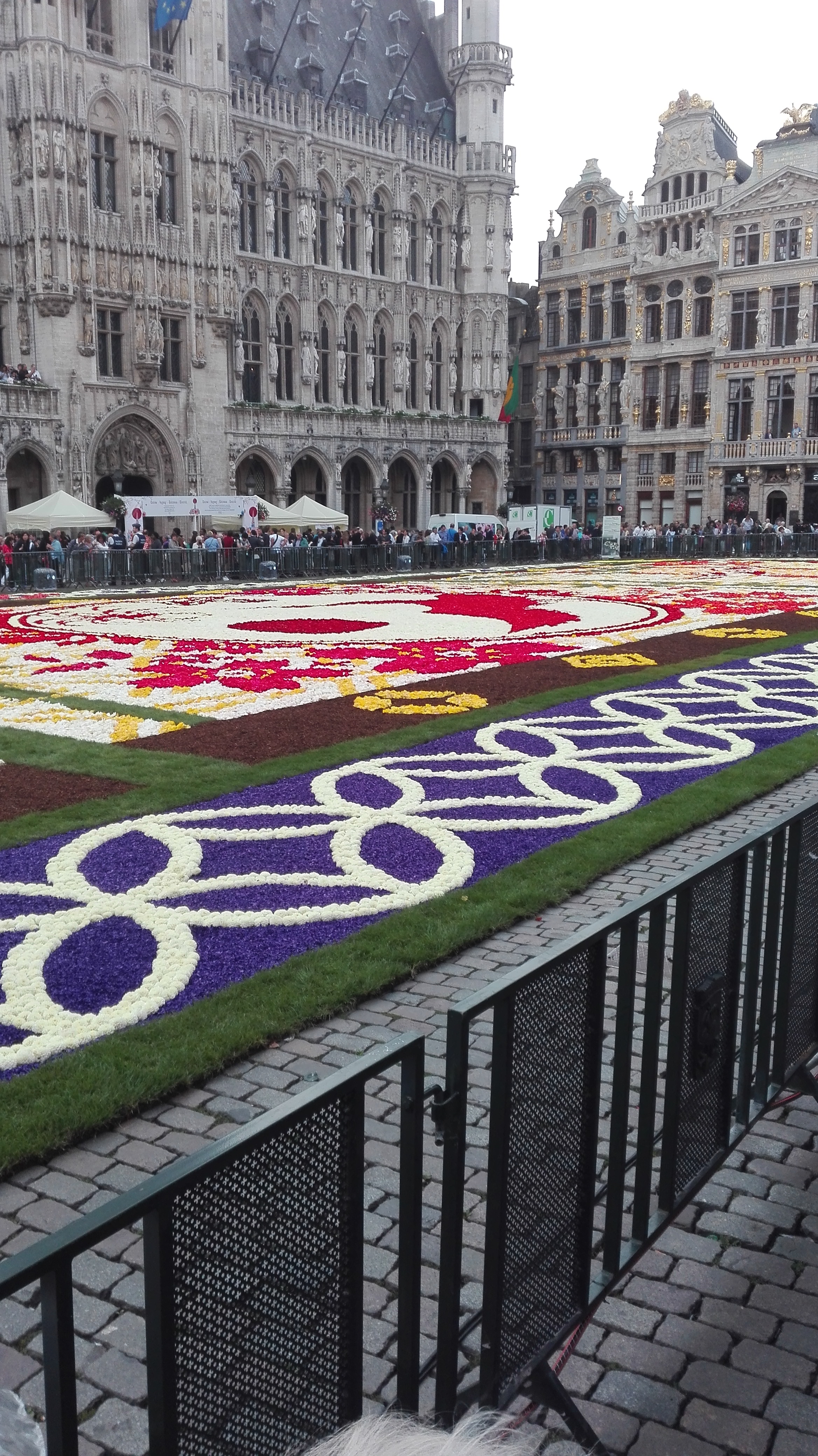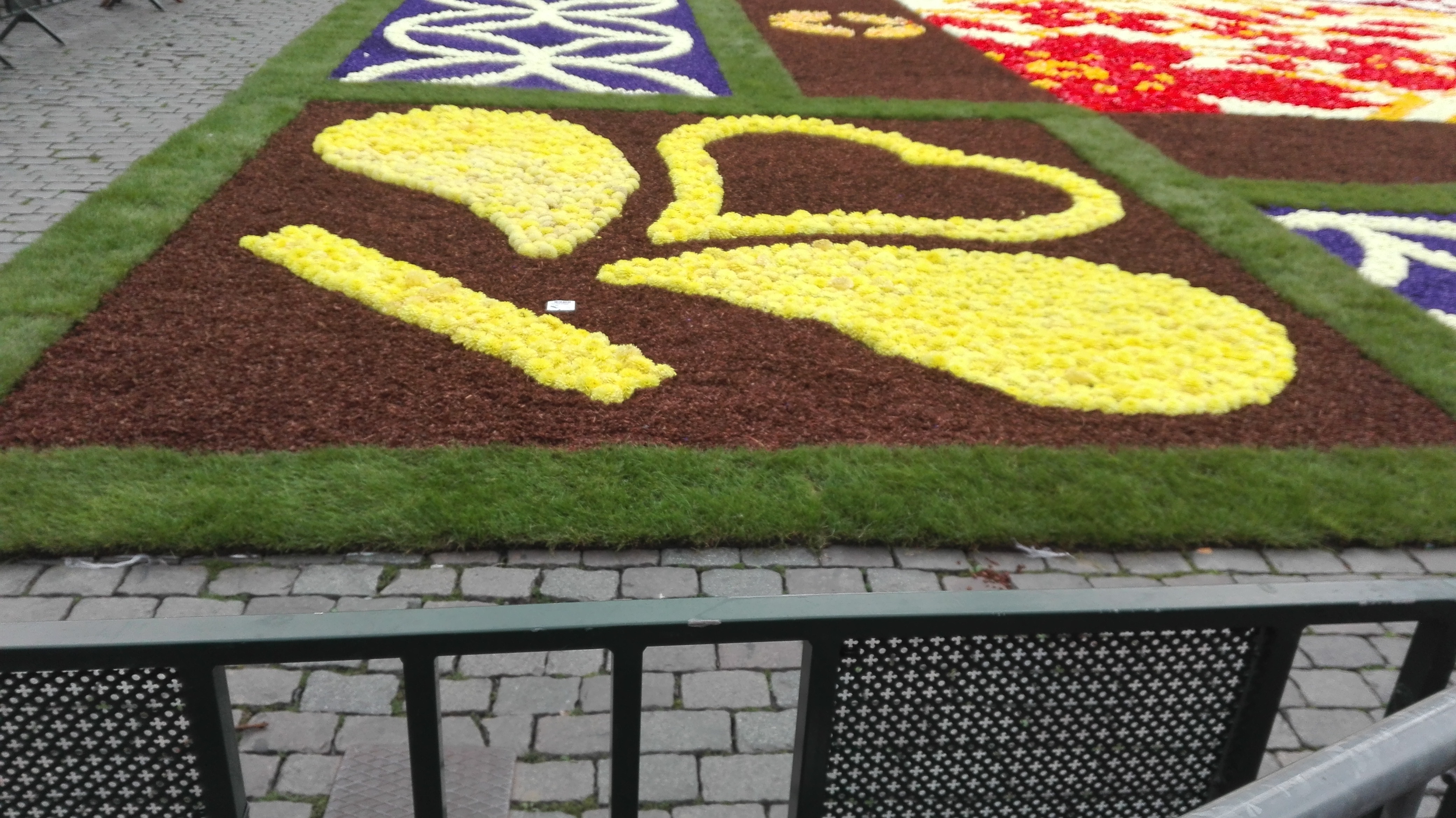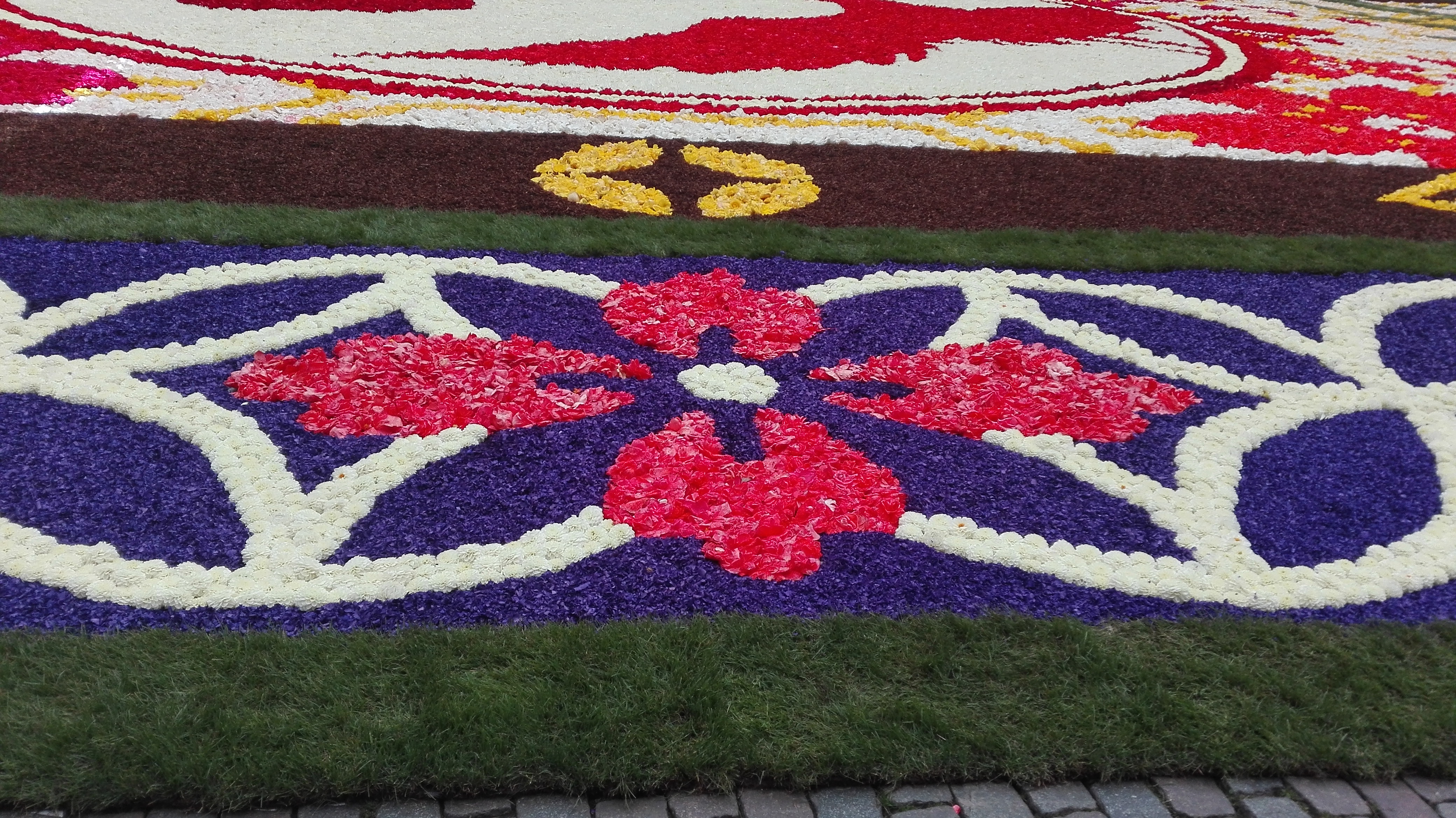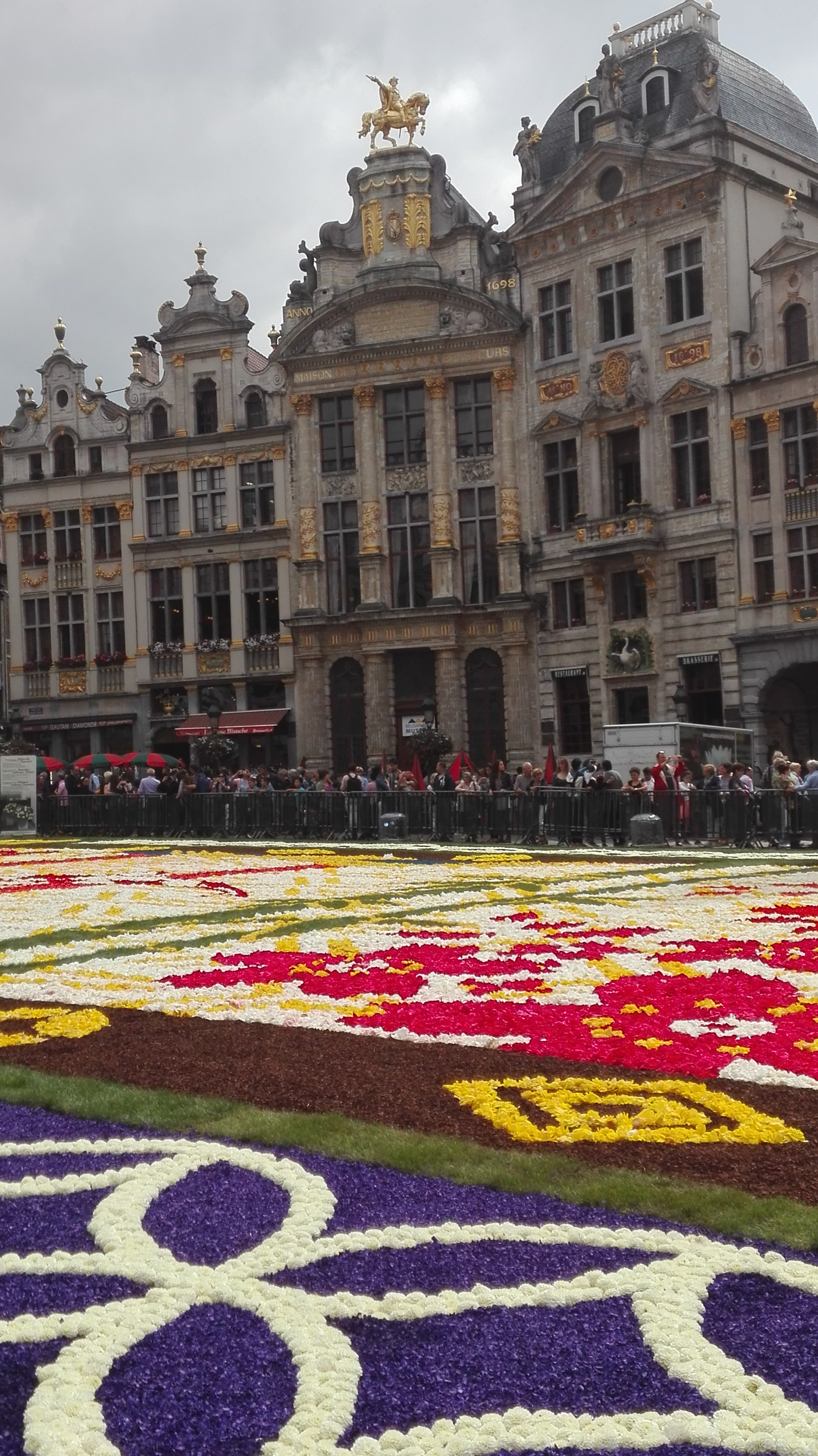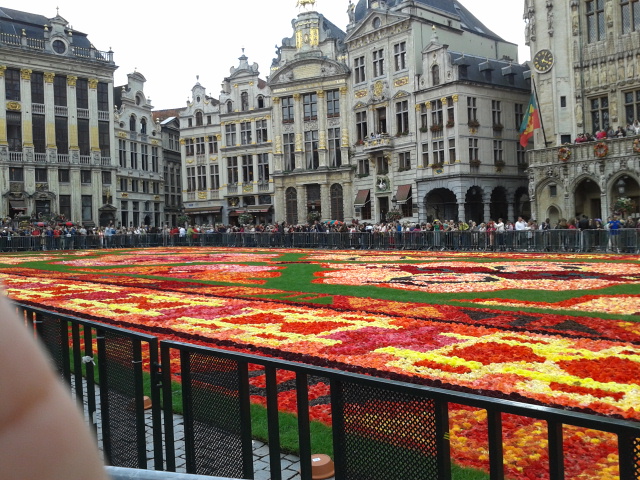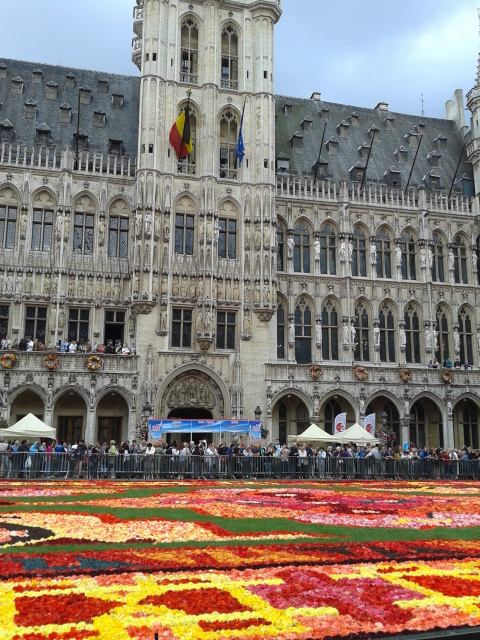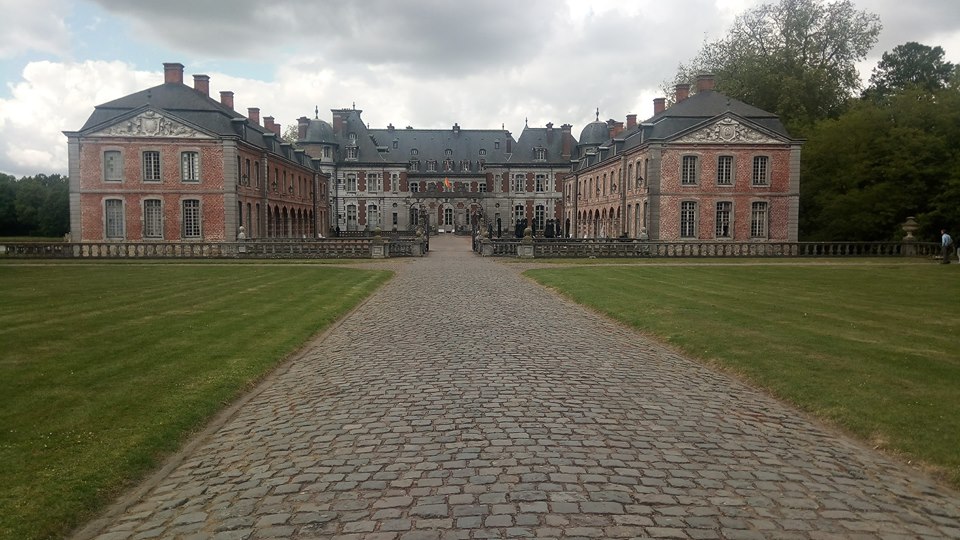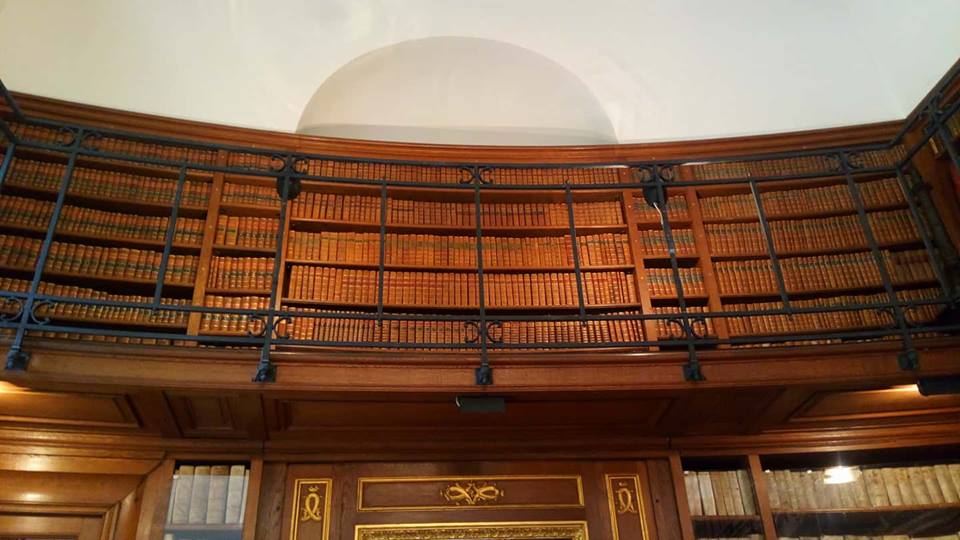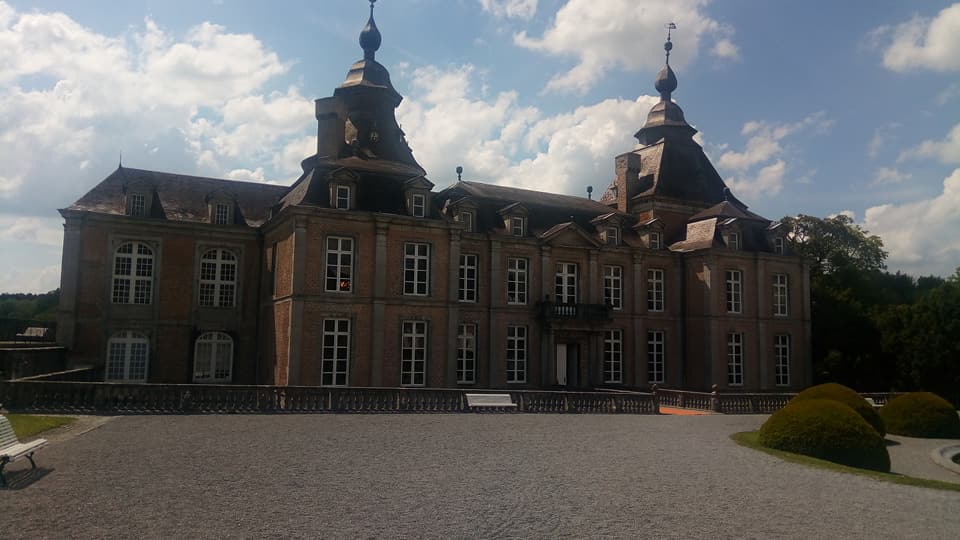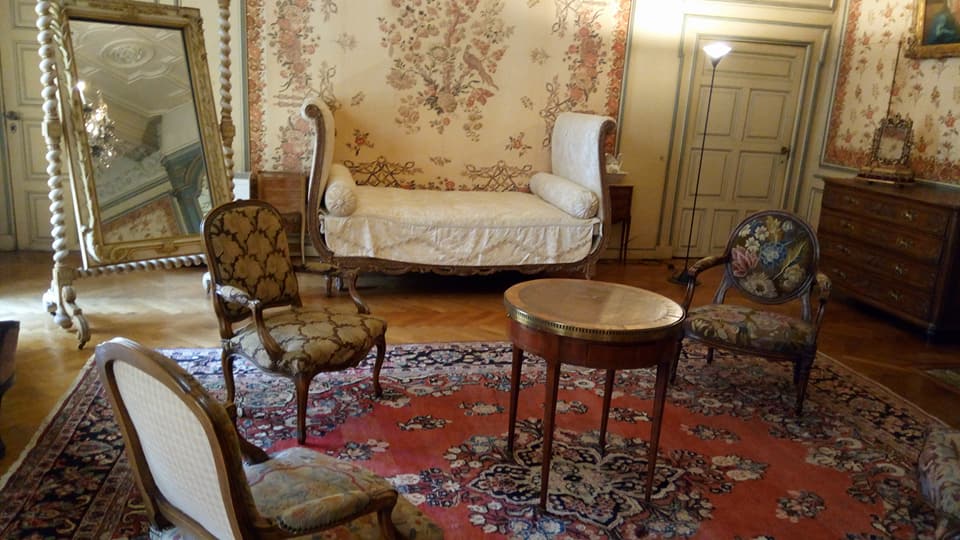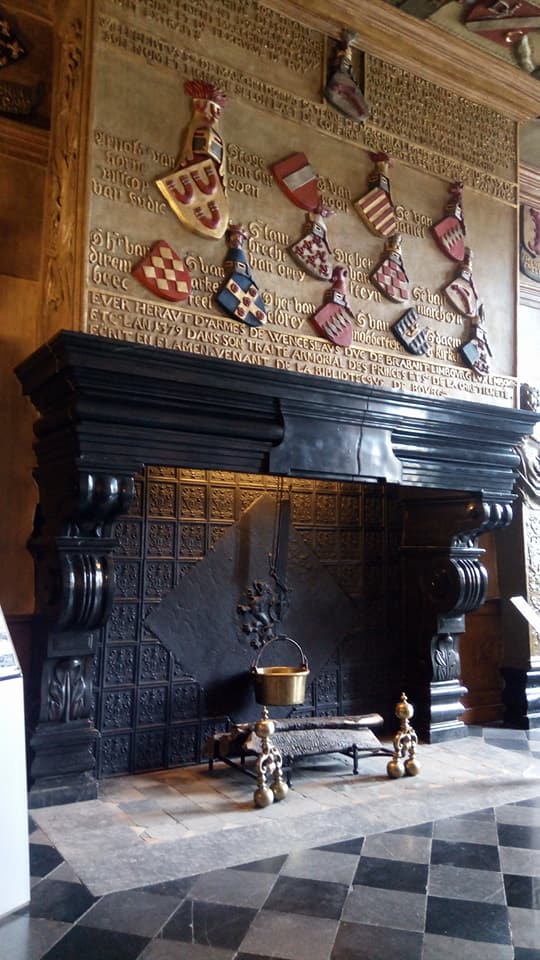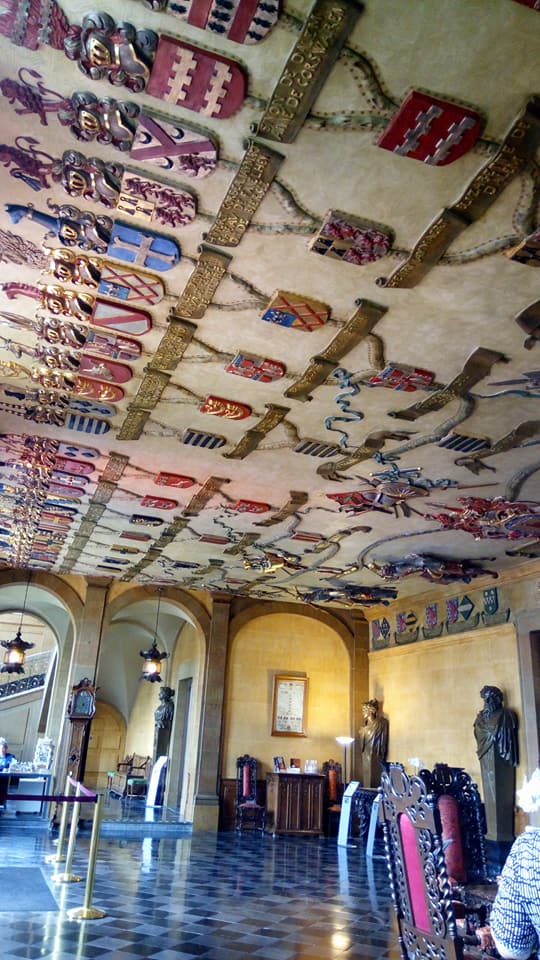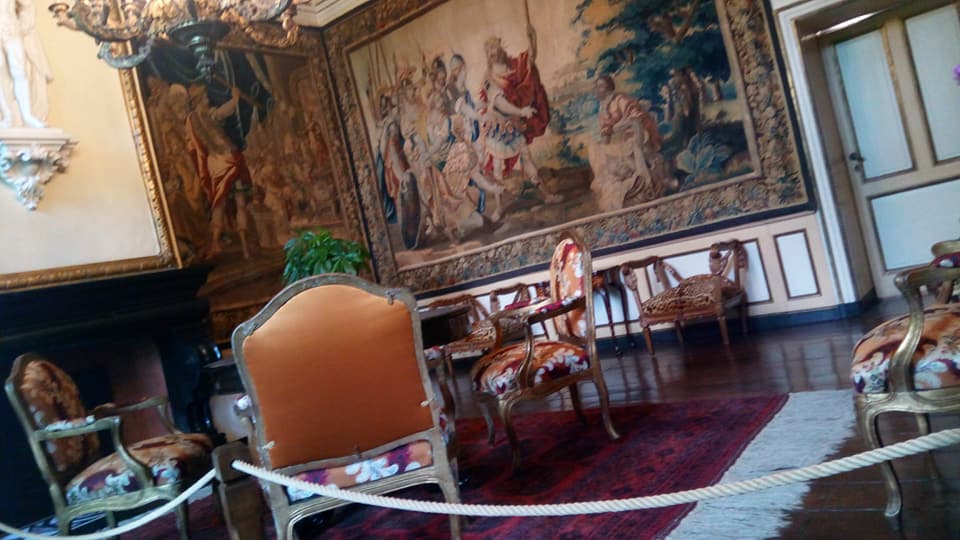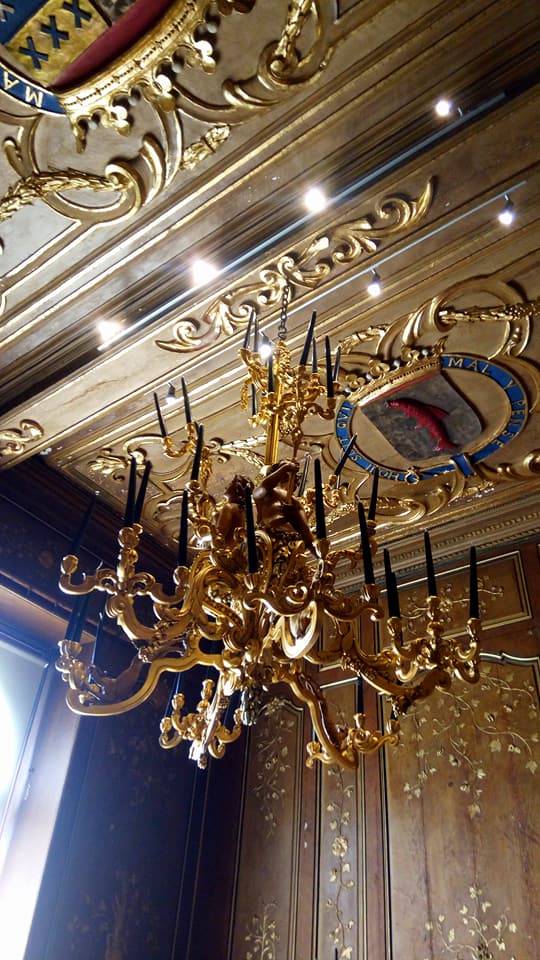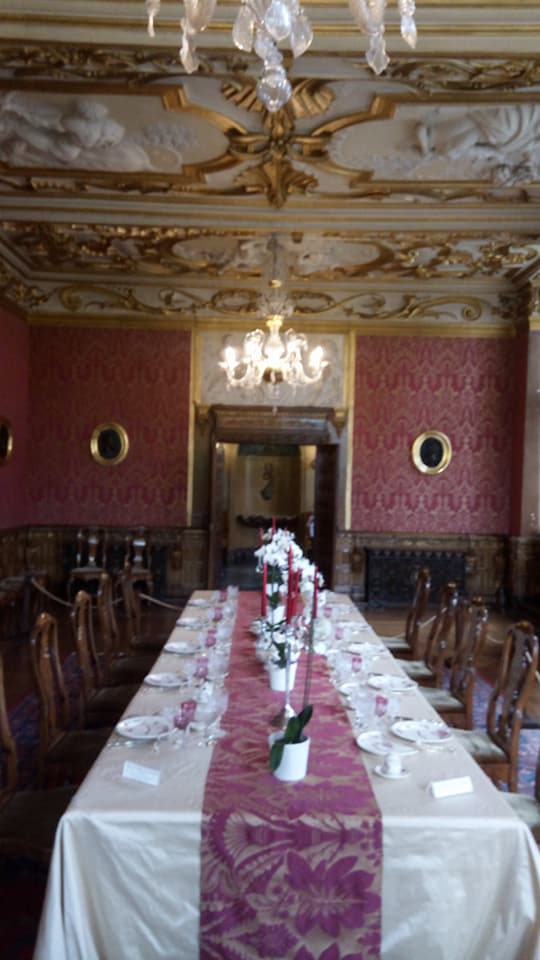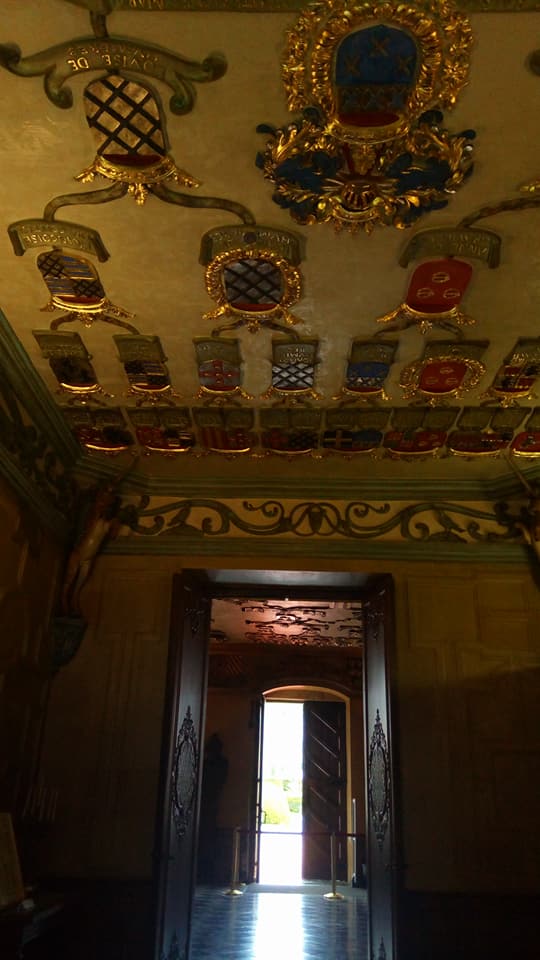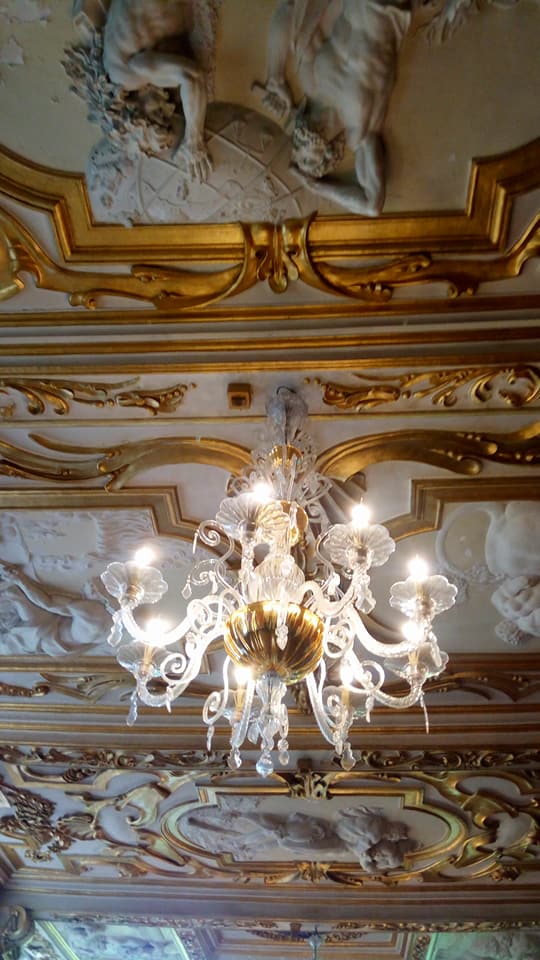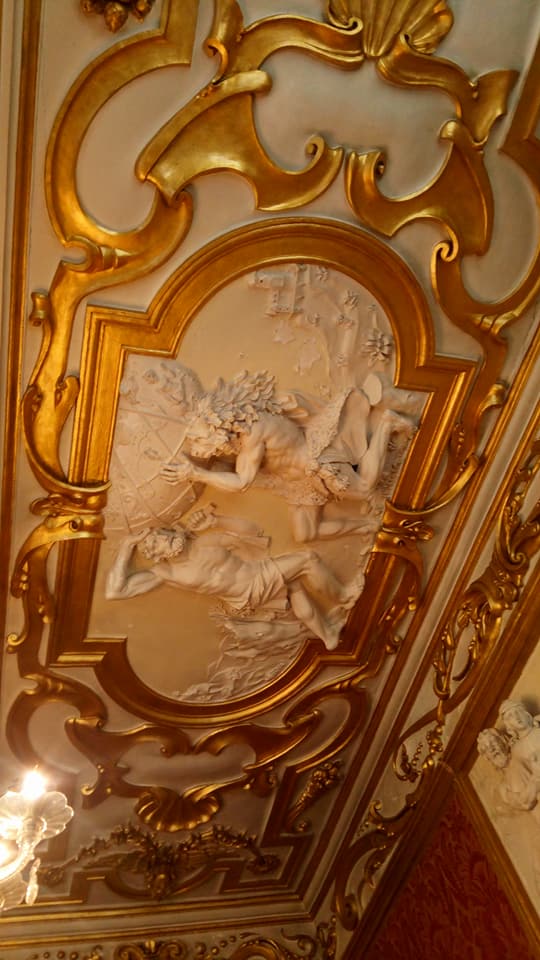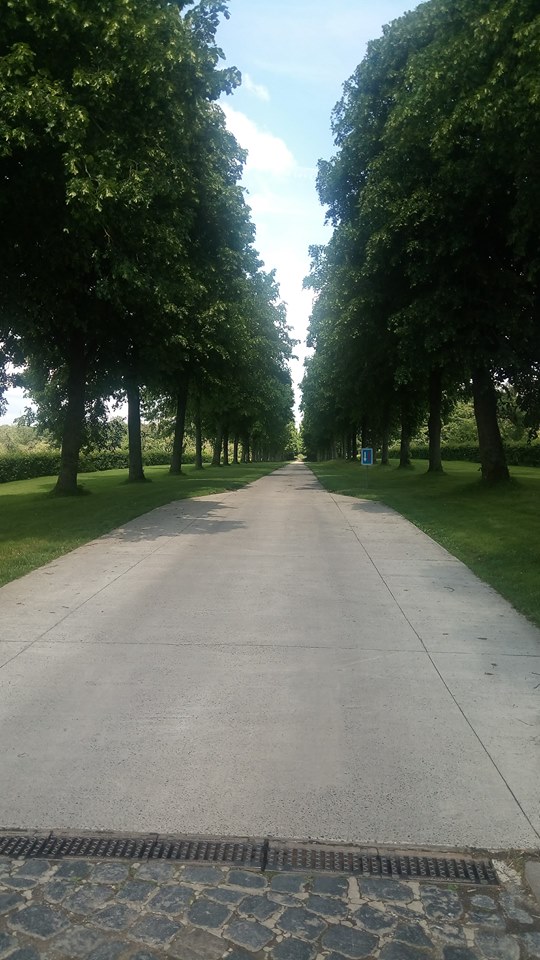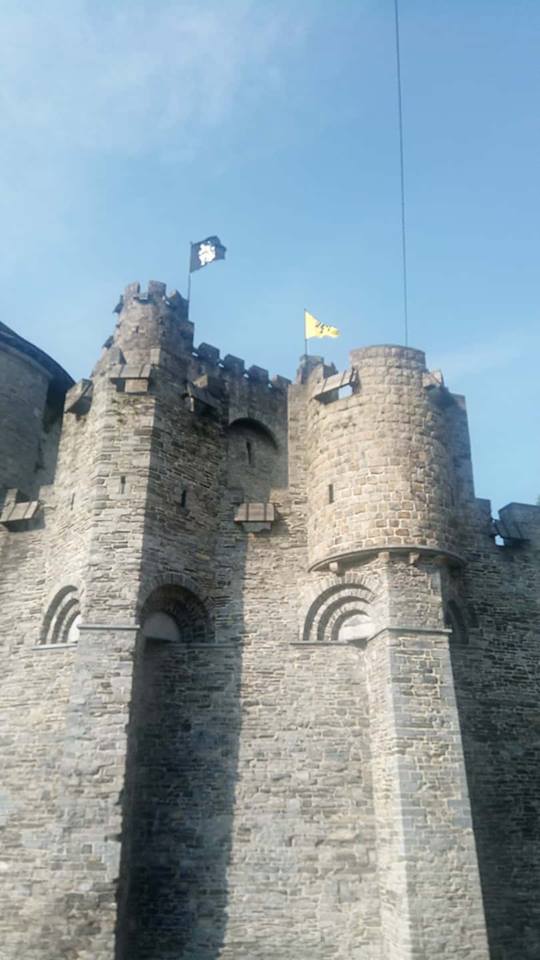Discover
Kingdom of BELGIUM
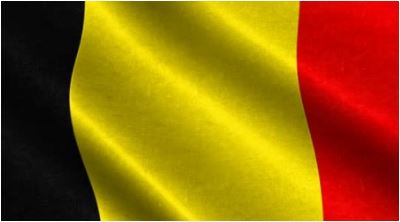
Belgium independence was declared in 1830. Brussels became the capital of independent Belgium the same year.
Leopold I of Saxe-Coburg became the first King of the Belgians (1831 – 1865). In 1865 he was succeeded by his son Leopold II (1865 – 1909). Under their reign Belgium became the second most important industrial power.
Belgians kings wanted to secure Belgium’s economic independence by promoting colonial expeditions, but they were not successful in this until the end of the 19th century. Between 1879 -1884, Leopold II engages the American journalist and explorer Henry Morton (born John Rowlands in Wales in the UK) to become his official agent in order to acquire what will become the Congo Free State, currently called the Democratic Republic of the Congo. In 1885, the United States and European states -including Belgium – recognized King Leopold II of Belgium (1885 -1908) as the sovereign of a huge state roughly contiguous with the Congo River basin. Belgians never completely ruled all of their huge colony (Etat Independant du Congo or Congo Free State, 1876 – 1908), but they intensified their administration, enacted reforms, and introduced medical advances, Christianity, the French language, and much else. African populations in many areas of the EIC suffered atrocities at the hands of European and African colonial agents. In an unfolding of events that was anything but inevitable, Leopold ceded his colony to Belgium in 1908, after which Belgium ruled it as a colony known as the Congo Belge (Belgian Congo) until 1960.
Belgium is an constitutional monarchy. Following the abdication of his father, King Albert, Prince Philippe was sworn in before the combined chambers of parliament on 21 July 2013 as the seventh King of the Belgians. Belgium is a Federal State with decentralised power, made up of the communities (Flanders, Wallonie and Brussels-Capital) and the regions. The power of the Federal State is divided amongst the legislative, the executive and the judiciary. The communities and regions have separate executive and legislative power. The French Community exercises its responsibilities in the Walloon provinces (except the German-speaking ones) and in Brussels, with the Flemish Community exercising its power in the Flemish provinces and in Brussels, and the German-speaking community in the municipalities in the German-language region.
Brussels is one of the most significant cities in Europe, economically and politically. Brussels is home to many foreigners, on the one hand because of the presence of the European institutions and NATO, and on the other and because of its immigrant population.
Belgium has a central geographic location and highly developed transport network that have helped develop a well-diversified economy, with a broad mix of transport, services, manufacturing, and high tech.
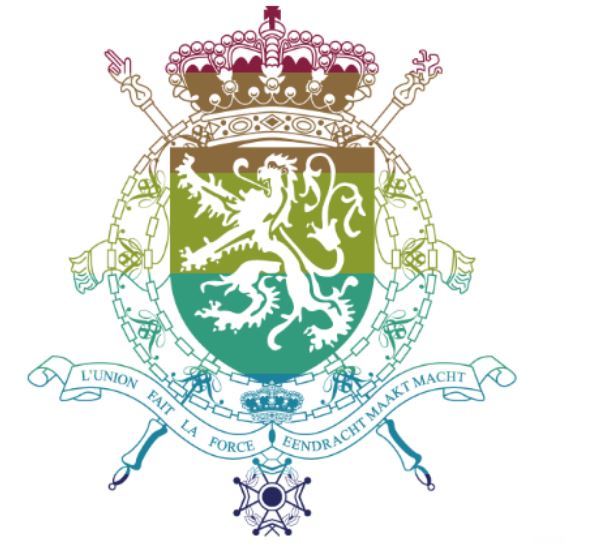
The coat of arms and the motto of Belgium.
BELGIAN BEERS
International Beer Day is celebrated worldwide on the 5th of August.
The Belgian brewery sector is an important contributor to the economic development. The 224 breweries, producing 1.500 different beers have invested almost EUR 295 million in fixed assets (2016). Belgian beer is an important export product. About 65% of production goes abroad, particularly in France, the United States, China and the Netherlands. Belgium exports 14,085,782 hl of beer.
Belgians like beers…And they have a big variety of beers…UNESCO has added beer culture in Belgium to the representative list of the cultural heritage of mankind.
Belgium occupies the fifteenth place in terms of per capita consumption, behind the Czech Republic which comes in first place, but also behind Nordic countries such as Finland, Estonia or Lithuania. Nevertheless, the choice of the Belgian drinker is on more qualitative and stronger beers.
Photos: © Liana Maria URSA
- Mort Subite
- Duvel
- Belgian Beer
- Liberia
- Leffe
- Ginette
- Bon Secours
- ULAB
Belgium is the home of exceptional beers, unique in character and produced with an innovative knowledge of brewing.
In the past, monastic orders made beer in their monastery. Over the centuries, brewing activity disappeared abbeys. In the nineteenth century, brewing gradually resumed in some Belgian abbeys. In the twentieth century, religious entrusted the production to outside brewers who manufactures the beer under licence. There are currently 131 beers of the style « Abbey beers » referenced.
http://www.bierebel.com/styles-de-bieres-belges/bieres-d-abbaye
BELGIAN CHEESE
Belgium has a long tradition of making cheese dating back to the Middle Ages. Many cheeses are always named after the abbeys where they are or were made (eg Chimay, Maresdous, Passchendaele, Westmalle).
There are 23 kinds of cheese listed within the Flemish region and 31 kinds of cheese listed within the Walloon region.
Photos: © Liana Maria URSA
BELGIAN CHOCOLATE
Belgium has built an excellent reputation for the art of chocolate making and is world-wide appreciated for its quality. Four important inventions mark the history of Belgian chocolate: the invention of the praline and the ballotin, the introduction of the chocolate spread and the development of the transport of liquid chocolate.
The annual chocolate production is up to 661,673 tonnes of which 578,043 tonnes are exported. There are in Belgium 320 chocolate and pastry plants with 7,619 employees (confectionery included). The total retail sales value of the Belgian chocolate market is up to 700 million euros.
Photos: © Liana Maria URSA
- United Liberian Association of Belgium
- Belgian Chocolate
- Belgian Chocolate/ULAB
- Belgian Chocolate/ULAB
- Belgian Chocolate
CARNIVAL of BINCHE
The Carnival of Binche is a living and exceptional heritage, a popular, human and social event. It has been recognized as a Masterpiece of the Oral and Intangible Heritage of Humanity by UNESCO in 2003.
This folkloric event, coming from a long oral tradition, is a real rite that gives the participants the feeling to be unique. For the inhabitants, and according to the famous quote, there is no place like Binche in the world.
During a few months, the inhabitants and the City prepared their Carnival, in a real communion, and it is obviously the most important moment in the life of the City of Binche. The next Carnival will happen on the 11th, 12th ans 13th February 2018 with as highlight the journey of more than 1000 Gilles on Shrove Tuesday. This preparation process requires a lot of coordination for a lot of people : the association for the defense of Folklore, the association for the defense of the Shrove Monday, the committees of the Carnival societies, the Nonprofit Organization Carnival of Binche, de City of Binche, the Police, the assistance services, etc.
Source: http://www.carnavaldebinche.be/home-eng.html
Photos: © Liana Maria URSA
The OMMEGANG PAGEANT
Wednesday, 4 July and Friday, 6 July 2018
The origins of the Ommegang Pageant are found in the 14th century. When it first took place, it was a procession in honour of Our Lady of the Sablon, organised by the Grand Confraternity (Serment) of Crossbowmen. Quite soon thereafter the different guilds and bodies constituting the City joined the processions which then developed into a primarily secular, municipal event. The pageant taking place in 1549 is one of the most famous examples. At that year event Emperor Charles V (Charles Quint) visited this region of his Empire and officially introduced his son and successor, the future Phillip II. For these types of gala event, cities spared no expense to show themselves off in the very best of lights. And Brussels did just that on this occasion by organizing one of the most resplendent of Ommegang processions ever undertaken.
Source: http://www.ommegang.be/the-ommegang-pageant/?lang=en


